July 14, 2022

Tell us a little bit about yourselves – who are you and what’s your background?
Nina: I’m Nina, I’m the CEO of Alder New York.
David: And I’m David – the Chief Creative Officer of Alder New York.
N: David and I met literally on my first day at Pratt Institute. I was in Fashion and he was a Fine Arts major, originally. I’ve always focused on aesthetics but I’m also logistical. Fashion allows for both – you’re building garments which takes a lot of tech and engineering skills which was such a natural transition into skincare.
D: I was pursuing Fine Arts and painting and became turned off that Fine Arts didn’t interact with people and change the average person’s experience or make their life more beautiful, it just did that for a select few [who could afford it]. I went into fashion + apparel because we all wear it and interact with it and it can make you feel good.
Going into beauty made sense because skincare is different on such an intimate level that you don’t get from painting or fashion. We never lost the design interest that originated with fashion, since we brought that into our packaging for Alder New York.
How did that lead to developing a skincare line together?
N: I really lost my passion for the fashion industry when we [had our fashion brand] – it’s not sustainable and economical for the environment, the way we’re expected to be constantly creating new garments.
I started making some products in my kitchen during 2011 when everything was ‘Americana’ and ‘America-made.’ I was learning about the lack of regulations in the skincare industry and read the book ’No More Dirty Looks’ by Siobhan O’Connor, which opened my eyes to the level of fuckery and lack of FDA regulations. Since David is my best friend and was interested because I was interested, we began selling beauty products for the holidays along with our clothing line right when the internet was becoming a thing…so we got some good traction. Brands like Urban Outfitters were reaching out to us to carry our products.
At the time, I was looking for a skincare brand that spoke to me that wasn’t hyper-gendered. Aesthetically, there was nothing that fit what we wanted (attractive, sleek) but also clean (not crunchy granola), and affordable. It was the Goop-era and the skincare industry felt so classist and a little bit sexist. We felt like there was room for us to launch Alder New York and to do it right.
Our days transitioned from working in fashion to working on formulas all day, meeting with factories and being really intentional with what we wanted Alder to be. We were able to launch Alder up to our true vision.
You’ve said your products are meant to be “accessible and uncomplicated – easy to fit into an established routine.” Can you tell us about your personal skincare journeys? Is Alder New York formulated for what you were missing in your routine?
N: I didn’t have intense skin struggles, but it was more-so for me that I needed a proper skincare routine but where were the clean formulas that didn’t have the preservatives that I’m worried about, or without PEGs? For me it was obvious that I wanted to create really effective skincare products that worked for people and were clean.
D: The struggle was not being able to find clean, affordable skincare that we both could use. It’s just that simple – we didn’t have a specific condition, we just couldn’t find a cleanser that didn’t have phenoxyethanol in it, couldn’t find a moisturizer that didn’t have PEGs or silicones or synthetic fragrances…and also something that just looks good. It may be vain but I don’t want something that I don’t like looking at. That wasn’t around when we started Alder New York.
How did you strike the balance between creating clean skincare and making it affordable? Were there things you had to give up, products you had to omit from the line, etc?
D: What’s unique about Nina and I and our brand is that we have our own formulation lab. We make all the formulas, develop, test them…they can take years and years to make but we do it all so we’re not paying some other person to do rendition after rendition, edit after edit.
I don’t think there’s been a product that we haven’t been able to make due to cost. I think people think that products on the shelf are priced based on the ingredients, but often it’s just a huge mark up. We think there’s a huge moral issue there with marking things up to just make money.
We really believe that inclusivity is about socio economics as well and accessibility and price-point factors into that. In terms of financing or cost of the actual product, that’s really never an issue. It’s figuring out whether the formula really works, is it really inclusive for everybody, use in terms of the ingredients, and then what is the right price it should be at that will pay for it and pay for the business and not artificially inflating it to a price point that doesn’t work.
N: We could be a lot richer than we are, but it’s a real conscious choice and feels so unethical to me [to mark things up].
My husband and I walked into Duane Reede and were trying to find an SPF that we could go to the beach with, and went with the kids formula because we couldn’t find an oxybenzone-free sunscreen . But it made me so angry because this is the tax on poor people in the country. They get shitty products that cause cancer. And if you’re wealthy and white, you get products that are suited for you and that feels like a moral obligation to start rectifying to make products that are safe for everybody.
There’s also plenty of people who can’t afford our products but our goal is to always keep it at a relatively affordable price.
Sustainability is important to the brand – can you talk about packaging? Will you be doing refillables soon?
N: Refillable products are on the agenda, absolutely. That needs to happen. It hasn’t happened yet, but we’re being very thoughtful about it and we don’t want to green-wash things.
While plastic isn’t perfect, it’s easy to produce, lightweight and transportable which is a pretty magical thing. We have everything at 30% PCR, which is the highest percentage you can go while maintaining the integrity of the bottles.
Recently, we met with one of the heads of Sustainability at Target and the Head of Sustainability at Pratt Institute and they both said that if everyone switched to glass or aluminum packaging, the effects would be incredibly detrimental to the environment with how we have to mine the materials and the carbon footprint. We really thought we were going to do glass or aluminum, but the trick we have to figure out is how to reuse plastic and create packaging that holds a ton of volume with very little packaging.
The more we can work towards that the better, and unfortunately that technology is still being figured out.
Why was it important to you both to create a vegan, genderless skincare line?
D: The ‘clean’ part came out of Nina reading that one book, No More Dirty Looks, and Nina was shocked but I was like ‘this is absolutely crazy.’ We didn’t want to live like that so we wanted to make a line that was clean.
I was vegan for many years, I’m vegetarian now, but there just really isn’t a reason for skincare products to not be vegan. There’s very few ingredients that are sourced from or made by animals that can’t be sourced from plants or synthetic materials that are safer without killing or doing strange things to animals. Why would we do harm if we don’t have to do harm?
N: David is the one who educated me on this, but when we were starting to talk about formulations, he told me to research beeswax, for example. The rate that hives were being killed and the growing issue with the bee population stems from over-harvesting of beeswax. If there was a medicinal reason we had to use it then I’d be open to it – but there’s not, so we don’t have to use it.
As for genderless, your gender identity has literally nothing to do with your skin-type. They’re just not connected. Your skin type is based on your hormone levels. When people go on birth control, when your testosterone shifts, when you hit menopause…these are all hormones shifts and your skin changes. To pretend that it’s your gender is a fallacy and it’s a great way to charge female-identifying people more money for products (The Pink Tax).
David and I have been very conscious in our formulations to work with ingredients that are universally beneficial. Things like Glycolic Acid…dermatologists love and it’s really good for oily, dry or sensitive skin types. In all cases it will gently exfoliate, especially at the percentage we use in our cleanser – 1%. It can bring our skin-types to this healthy middle ground that we’re all after. The same with Niacinamide (which we have at 5% in our serum), it’s a magic ingredient that doesn’t matter what your skin type is – it can help balance your skin.
As a queer and women-owned brand, have you faced any challenges or discrimination in an industry that is thought to be accepting of these identities?
D: Nina has some better examples of being treated differently. There have been times where I have to jump in the email chain and shut down the shenanigans because I’m the man – and that is wherever there is male-identifying people. There is often some sexism towards women in whatever industry it is. It’s definitely a reality.
N: I feel the discrimination less around when we interact with the stores who carry us and more in traditional business settings, like the people who handle the finances. As soon as I’m in the ‘outside world’ I’m like, ‘right, right, right – women are inherently treated as not as capable as men.’ And a lot of people assume David is the CEO and the person they should be speaking to.
On the topic of homophobia, I’ll speak for David a bit – I think he’s built up a shell, but we get some pretty homophobic emails whenever we reiterate that we’re queer-owned or when we announce the we’re donating a percentage of profits to organizations like the Ali Forney Center, which helps unhoused trans youth.
What’s some advice you would tell your younger selves if you had the chance?
D: I would say go into skincare quicker and don’t waste your time with all the fashion stuff. Just get on that right away.
N: I think I would tell myself to listen to my gut and have a little more faith in my gut and my feelings. I think for me, as a woman, I used to think that someone else had the answer, or they’re an authority. But no, everyone is faking it, even business advisors. No one could have predicted the pandemic!
Just for fun – what are some of your must-visit spots in New York? (Coffee, restaurants, shopping, museums, etc)
D: Nina’s better for this, I moved up-state so she has all the recommendations. I’m a country-boy at heart.
N: Go to Jajaja for vegan Mexican – it’s unlike anything you’ve ever had. It’s not a street taco, but it’s so amazing. Really aesthetically pleasing and they have a few locations.
For home goods, I would go to Coming Soon in Chinatown.
Dimes in Chinatown and Cerbos is my other favorite restaurant. It’s Portuguese so there’s stuff like shrimp heads and natural wines. And it’s got a really fun vibe and there’s always some celebrity like I just saw Alison Roman sitting behind me, like of course you’re here.
What’s next for Alder New York? Any fun new products or markets you’re planning to launch?
N: We’re very interested in expanding internationally. We’re going to be expanding into Canada. We don’t have a hard timeline but it’s on the agenda.
We’ve always thought of Alder as a lifestyle brand and really want to expand to things that are part of your personal care routine. Things that you can put on your body that make your life better.
D: Sunscreen is in the works – there are certainly things that take more time and testing, but with time I think we’ll get all the products out there that we want to.
Can you give advice to our community on how we can collectively support pushing the beauty industry to champion gender fluidity/more inclusion/pushing past societal norms or conventional beauty standards?
N: We touched on it earlier but your skin type is based on your hormone levels. Stores are going to have to start thinking about how they merchandise – there shouldn’t be a woman’s section and a men’s section. I’m hoping that we stop seeing these hyper-gendered marketing across the board, we’re already seeing with Gen Z that there’s more playing around and everyone is wearing makeup.

//
It was an honor to feature Nina and David of Alder New York for this month’s ‘GOOD Talks’ — if you’d like a chance to win the entire line, you can enter here. Get familiar with their products here and give them a follow on Instagram and TikTok!
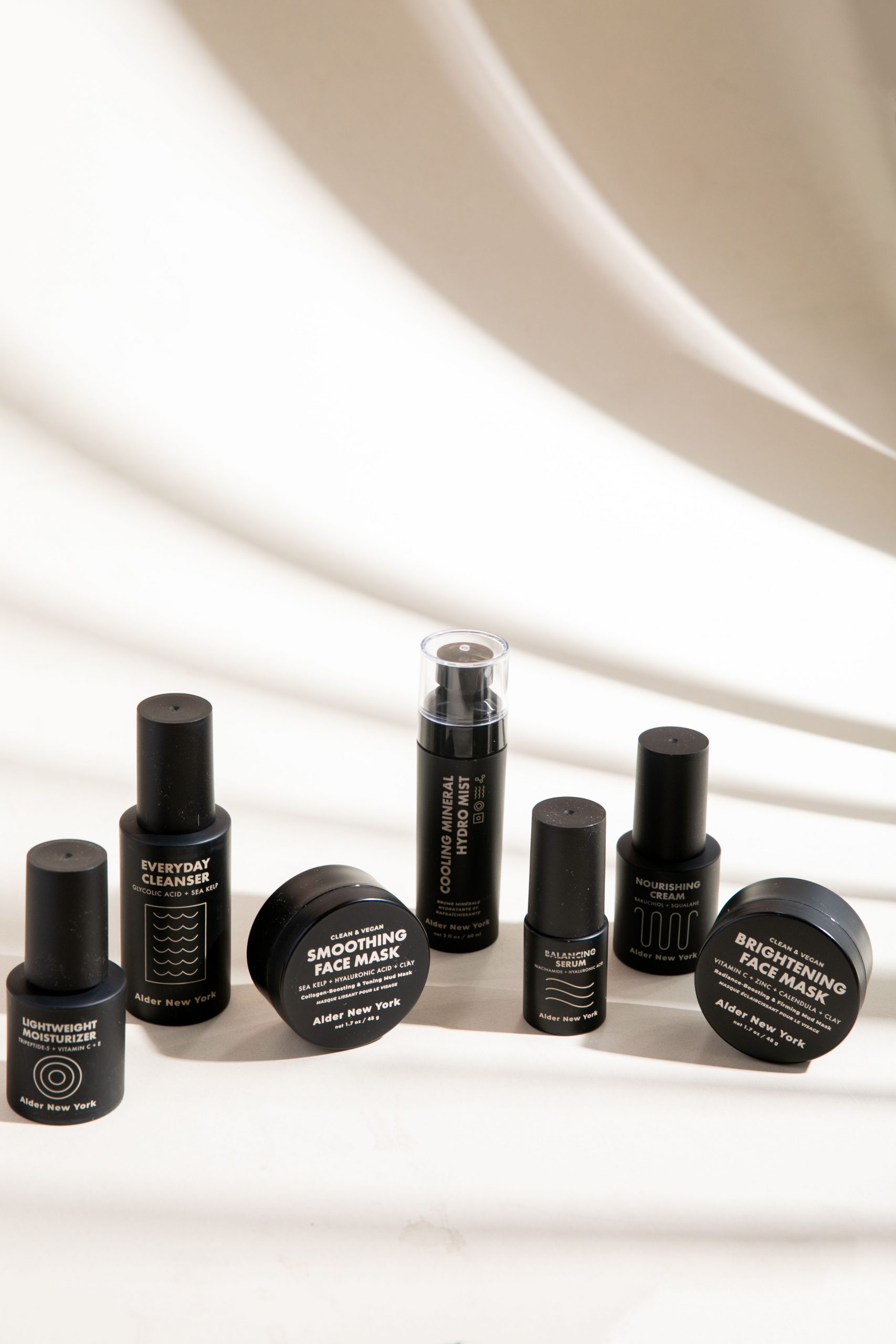

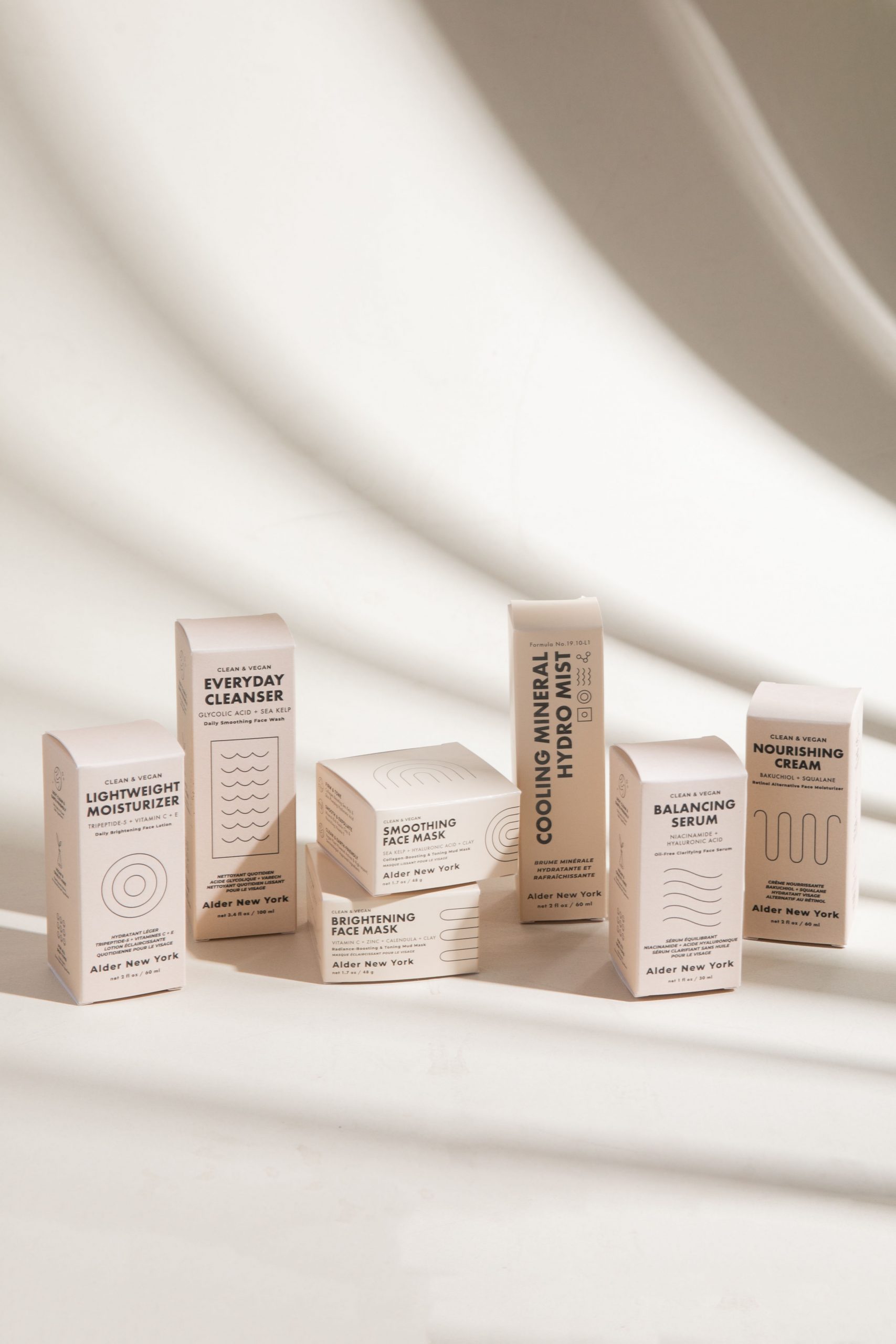
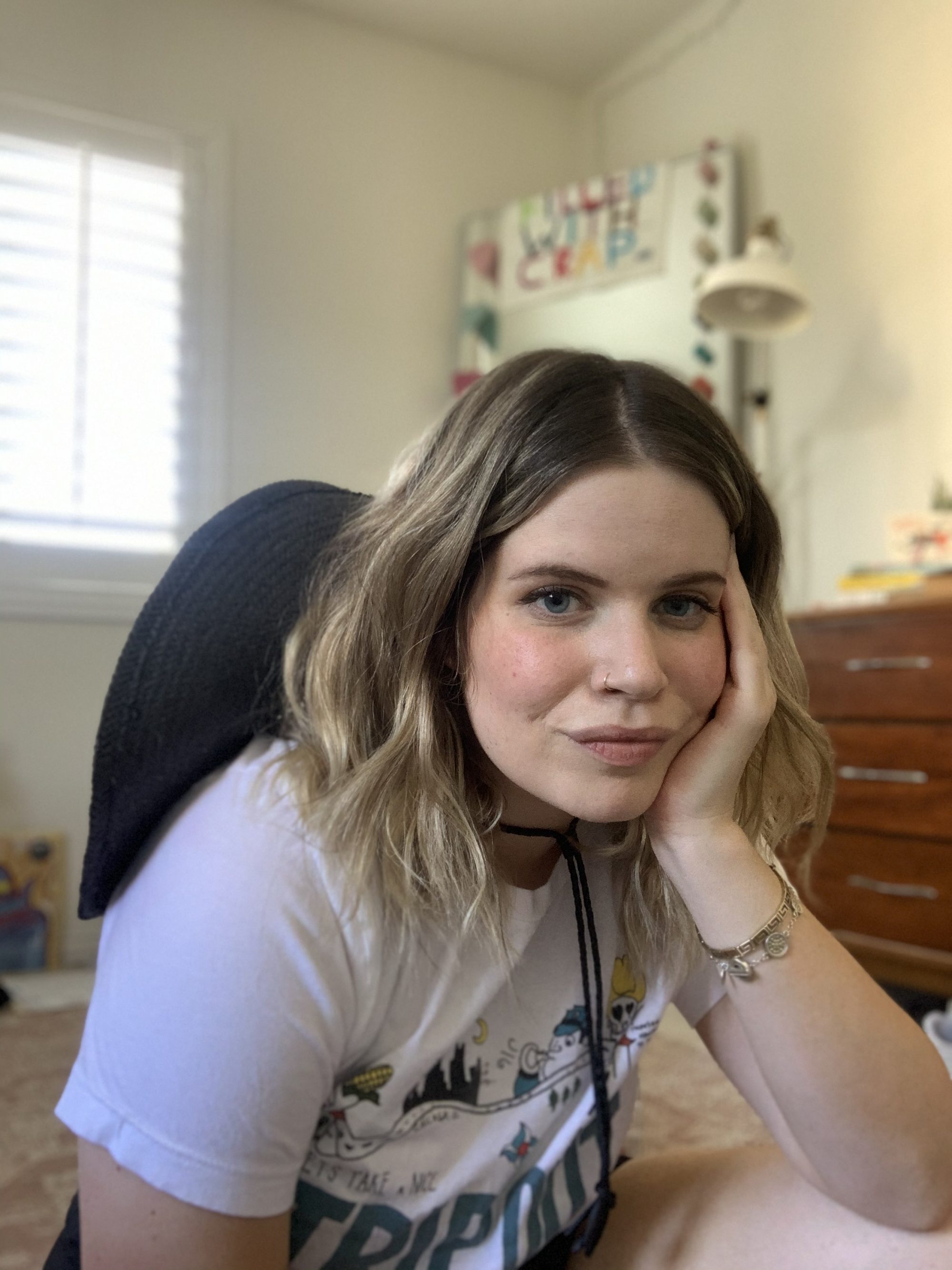

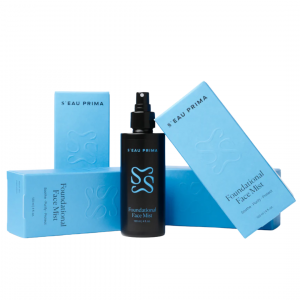
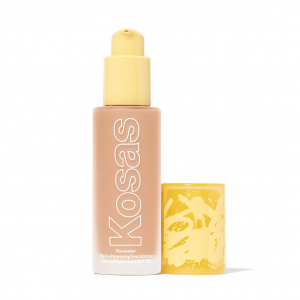
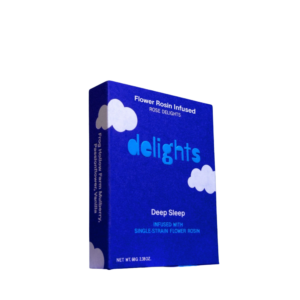
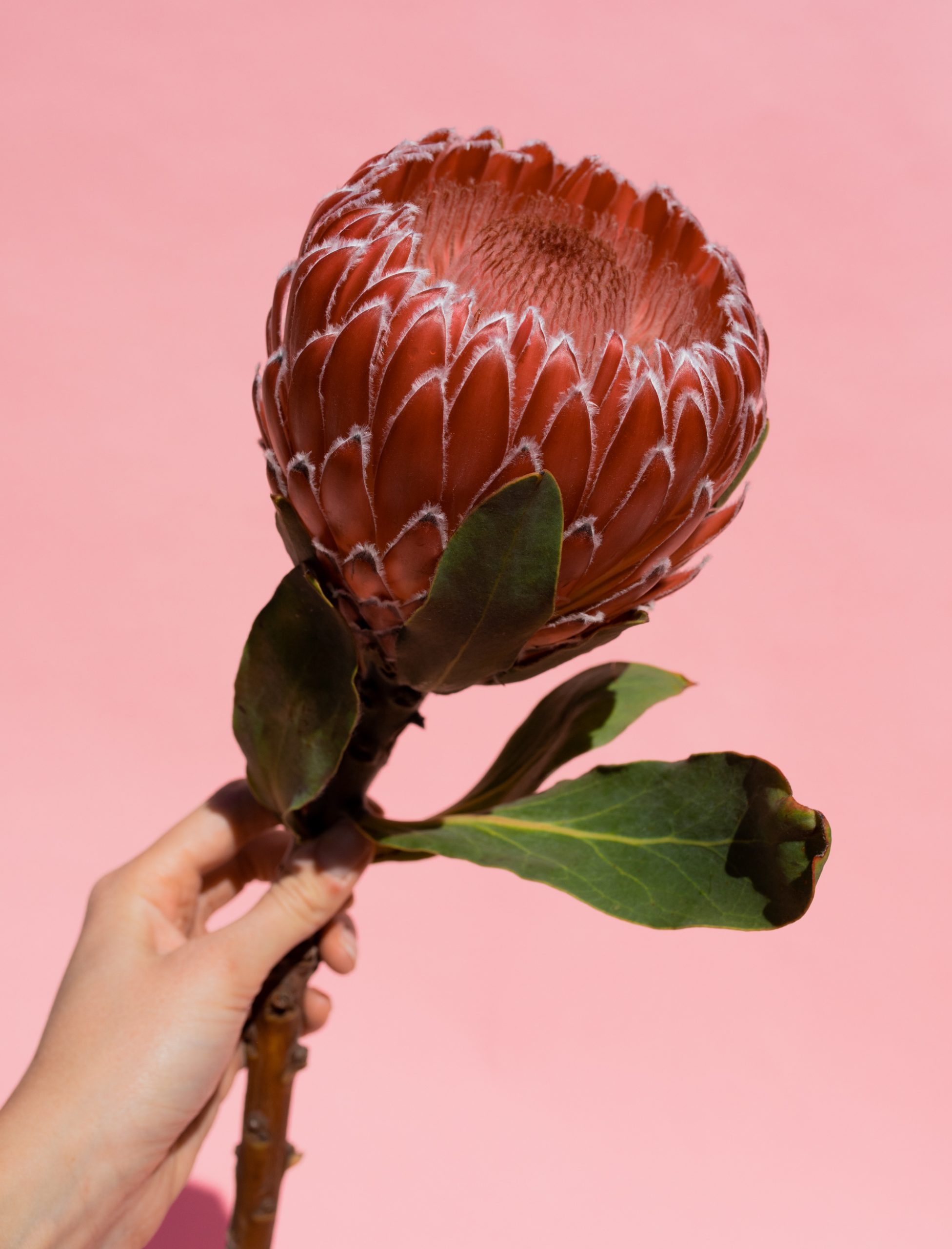
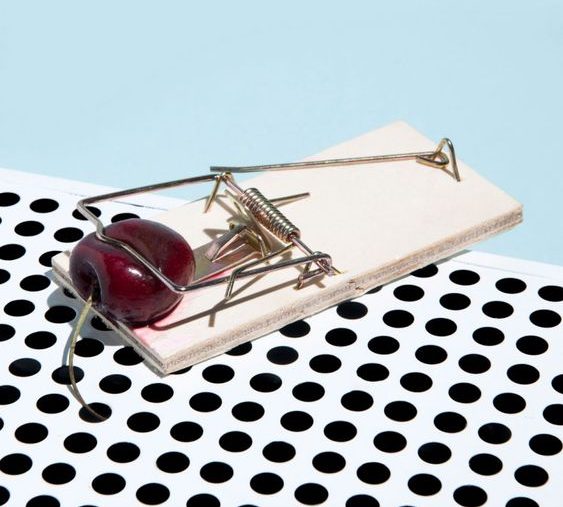
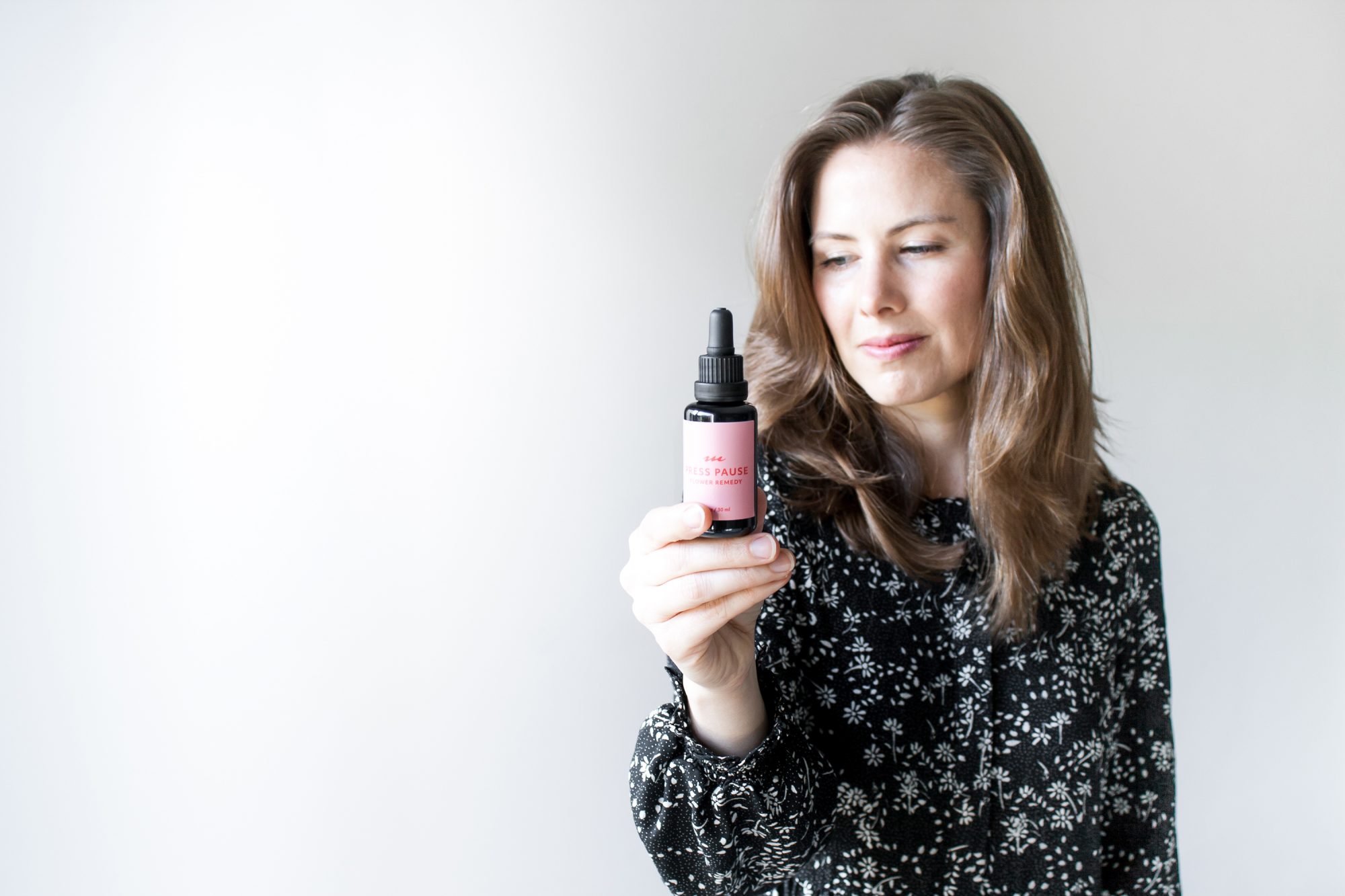
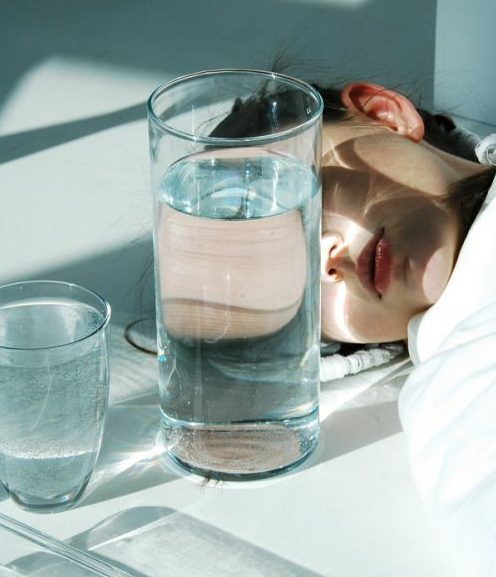

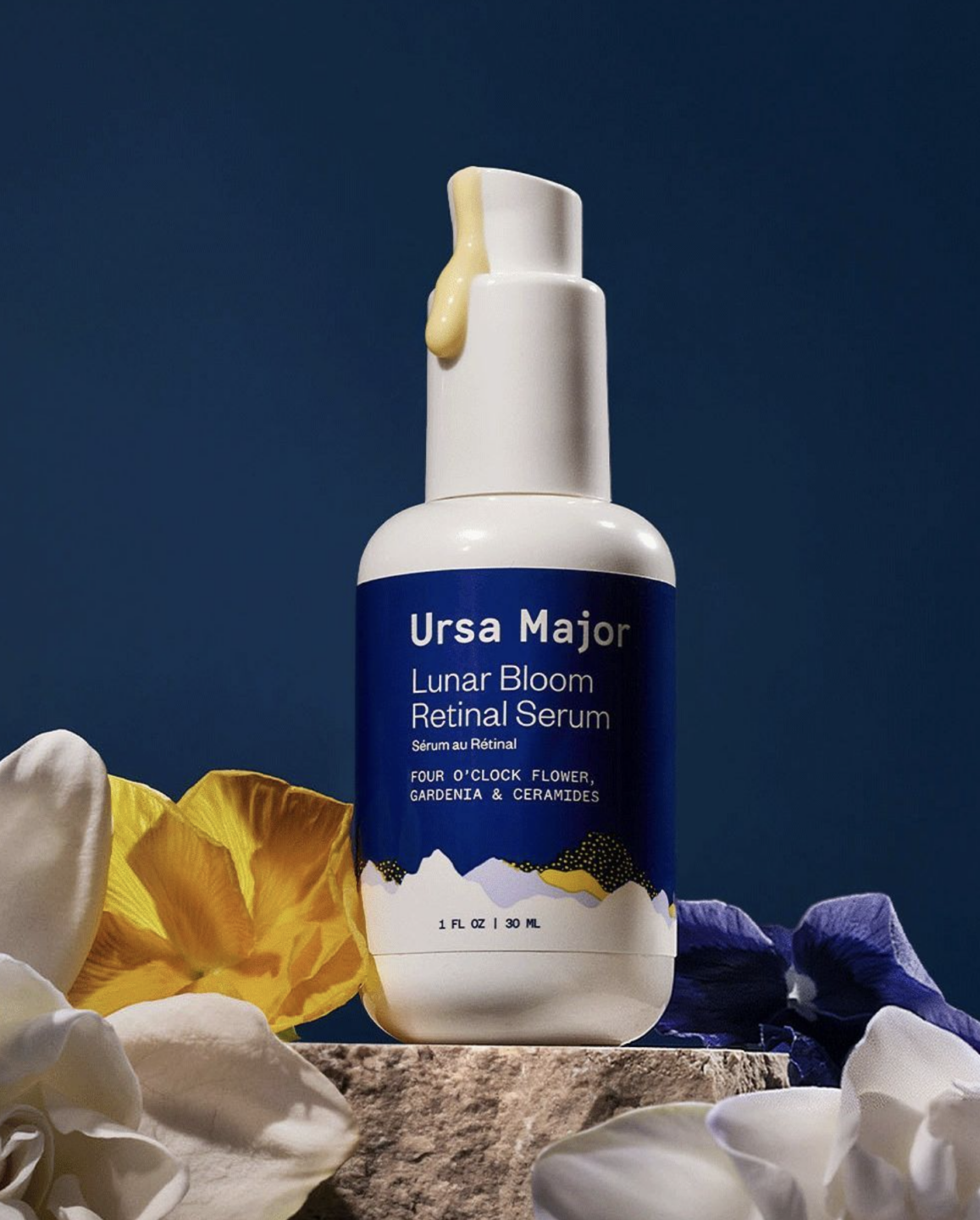
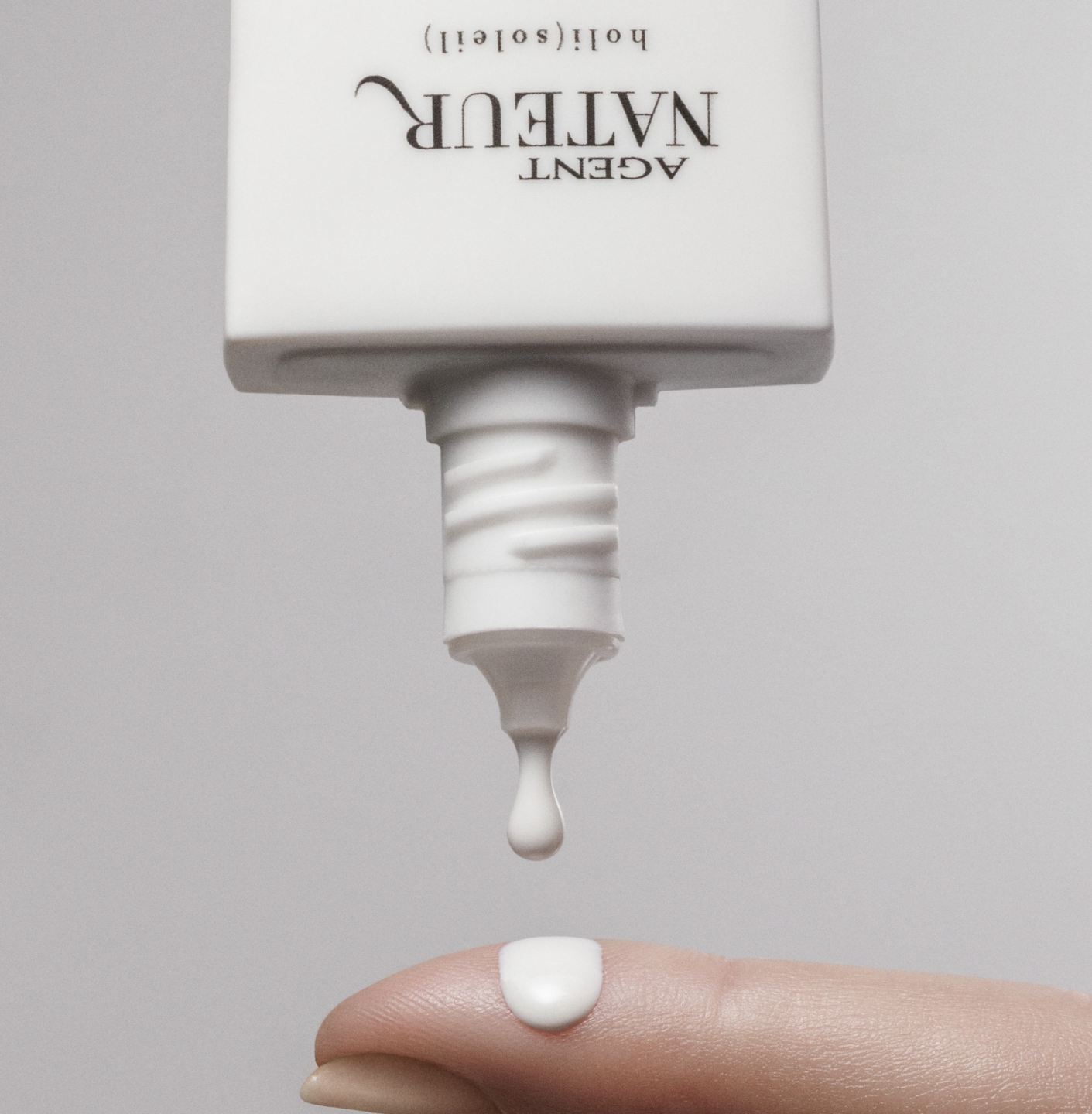
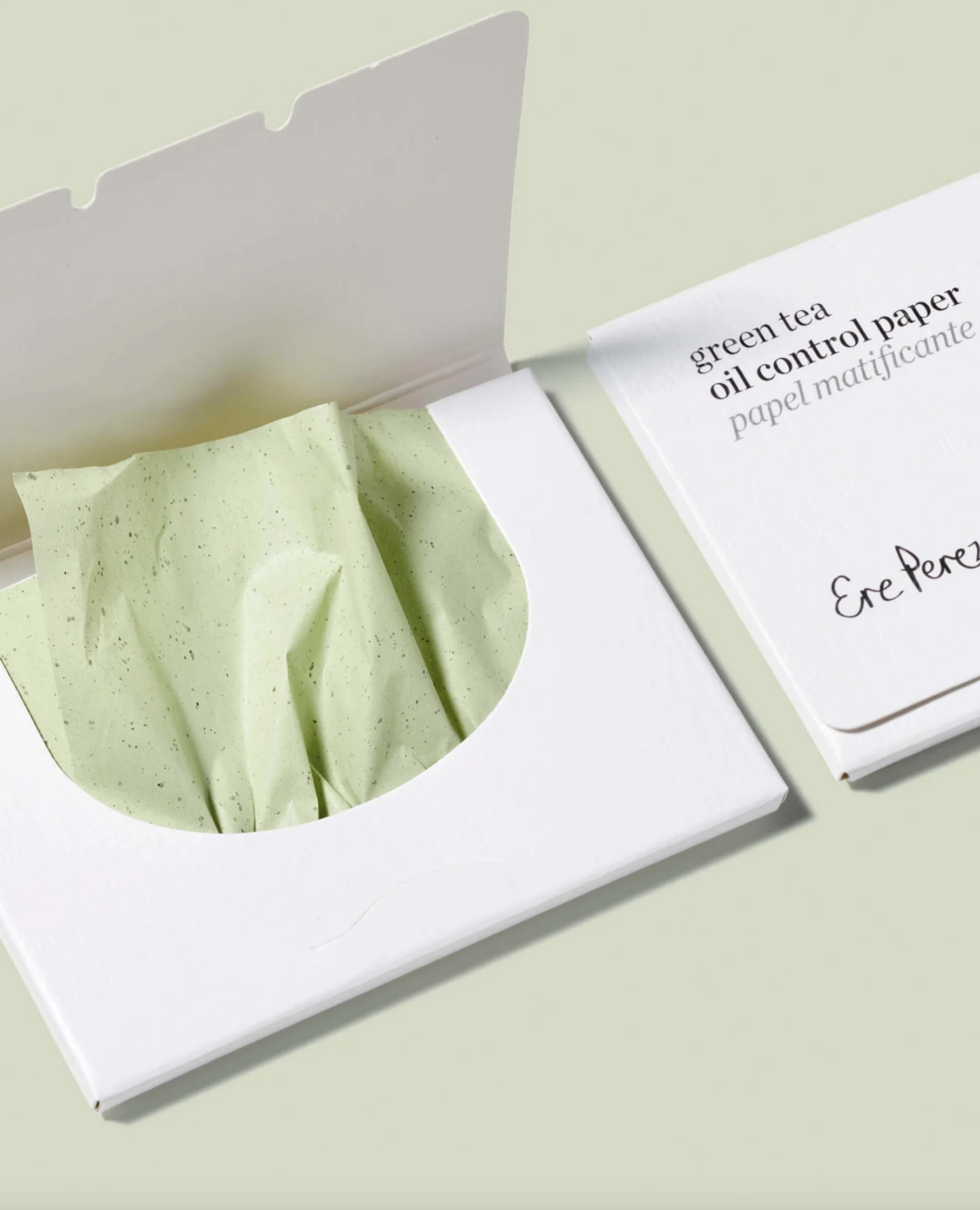
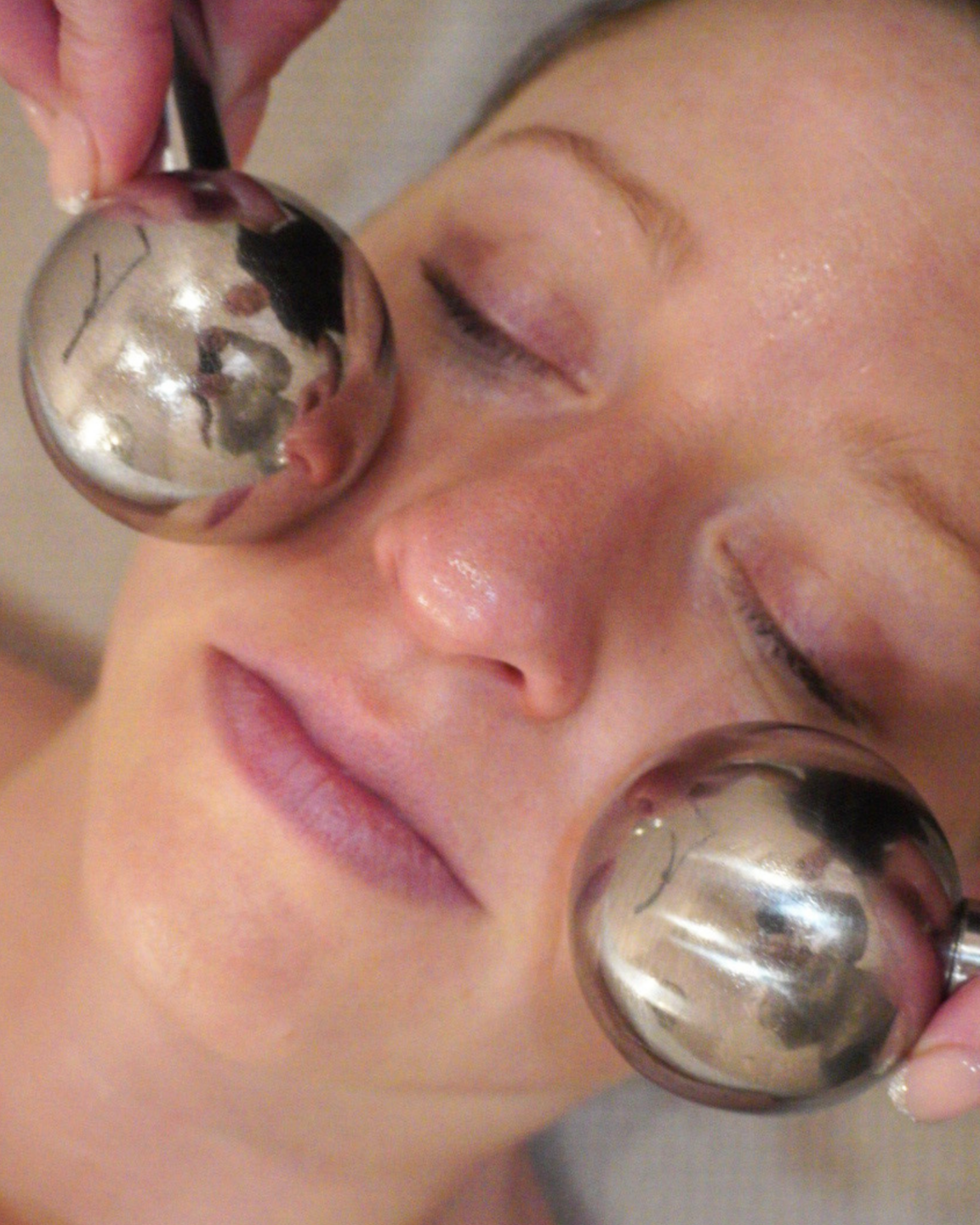

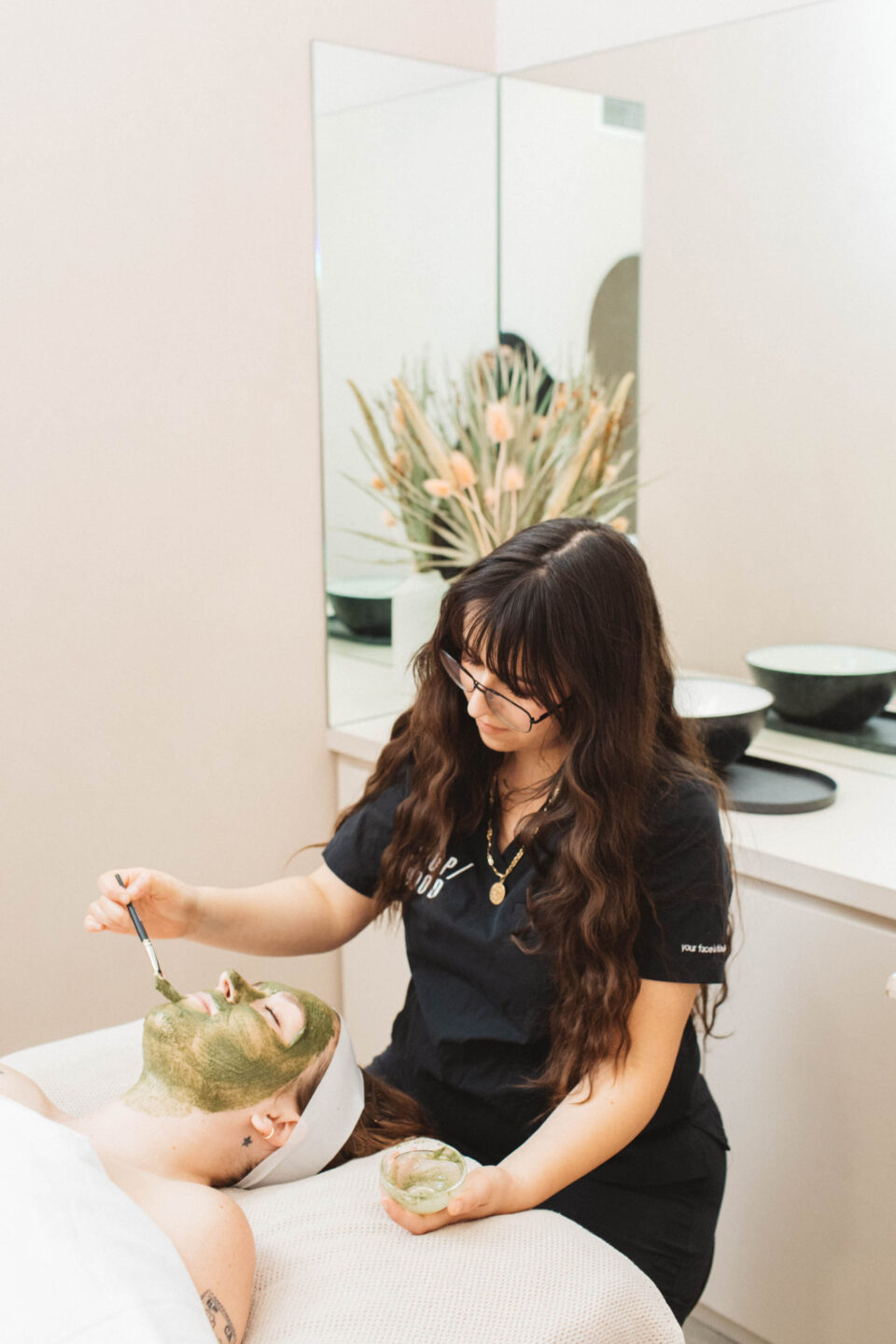
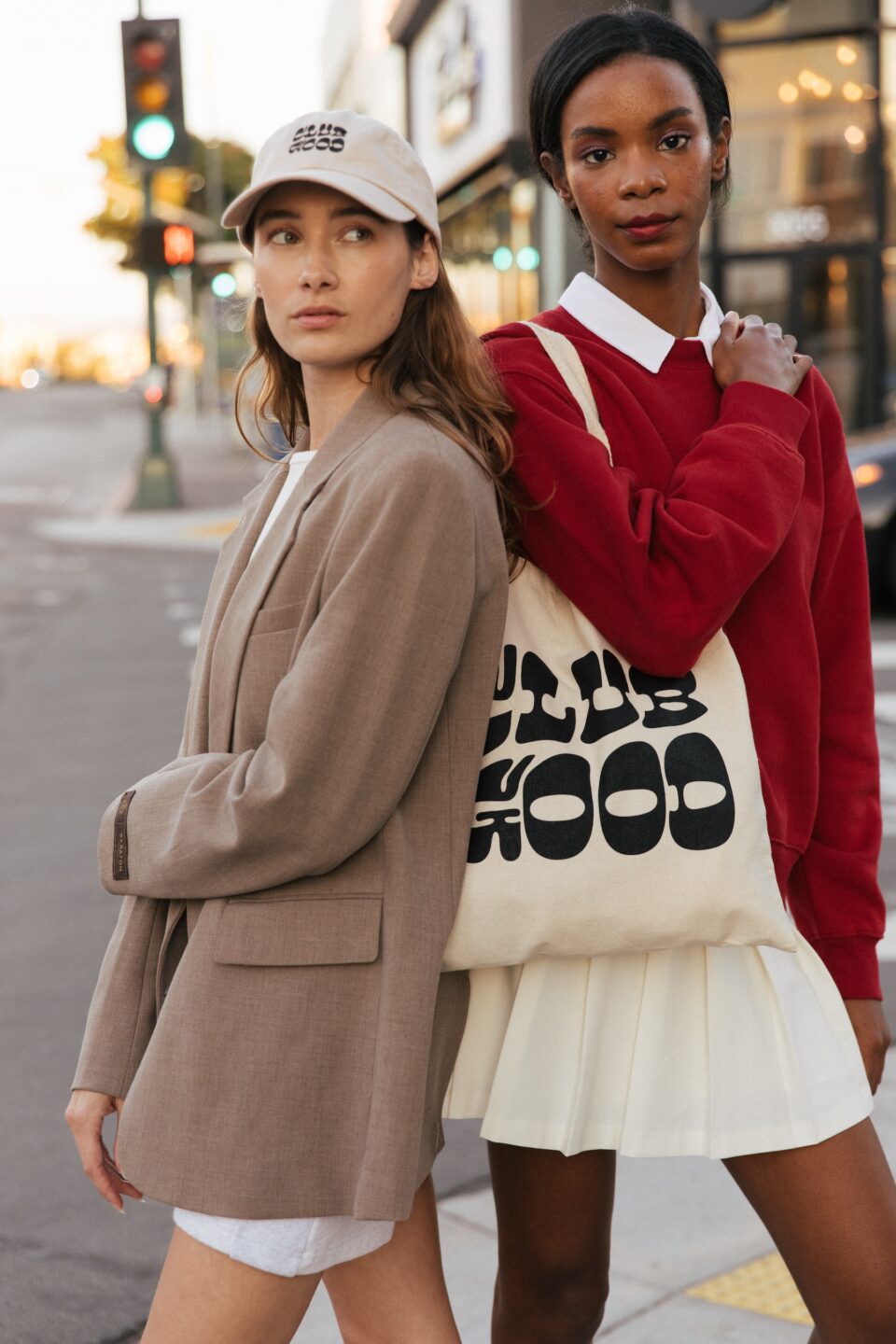
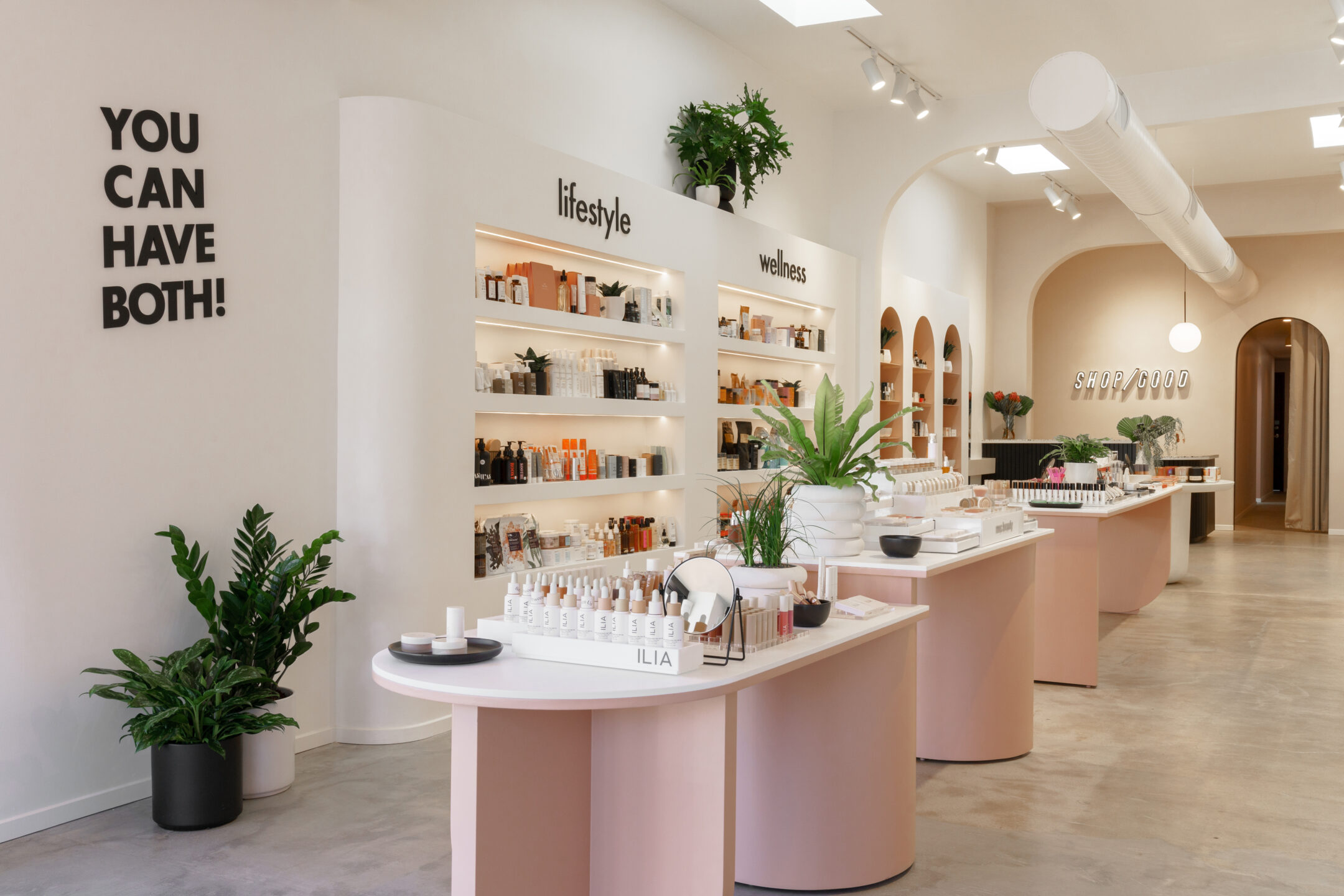
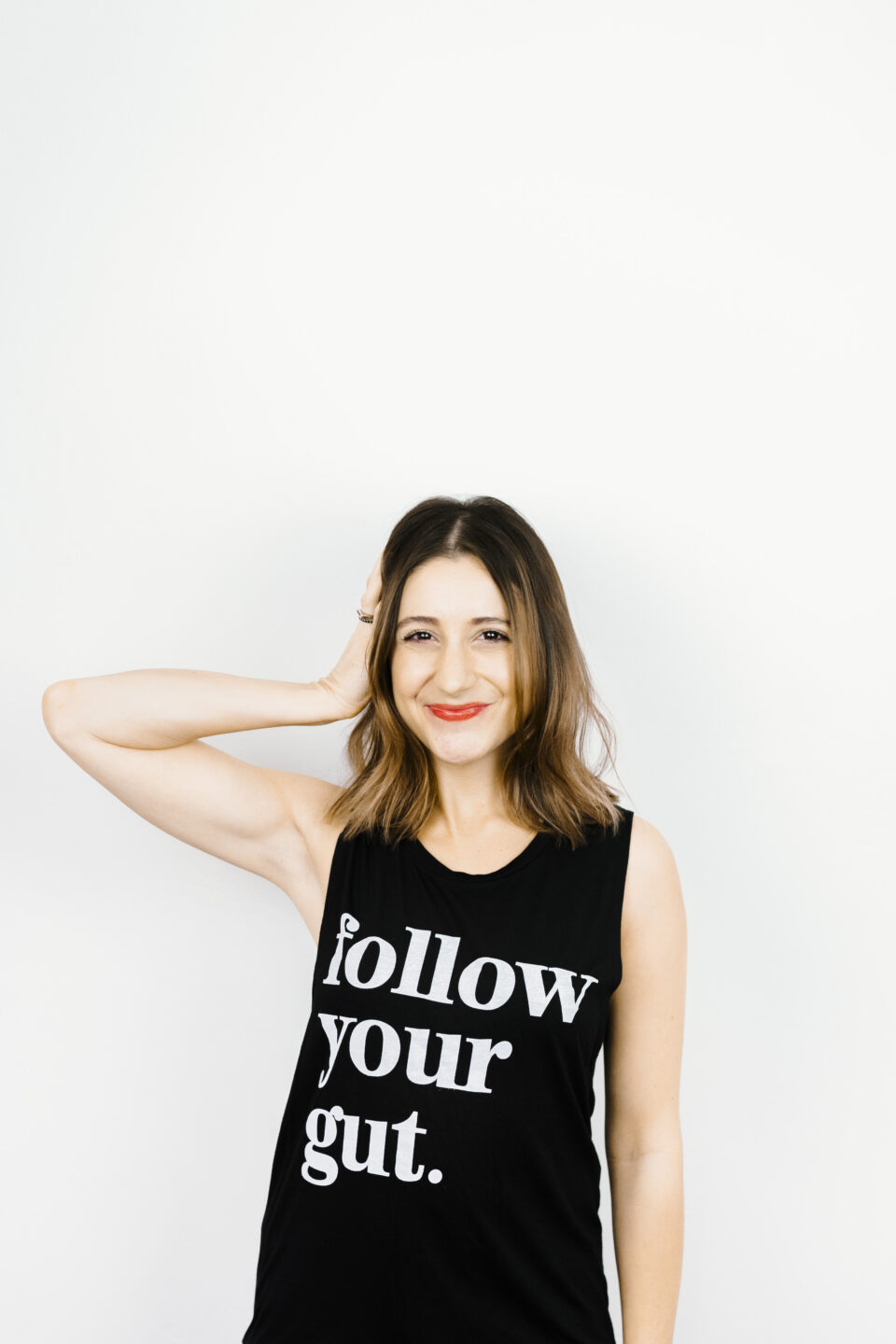
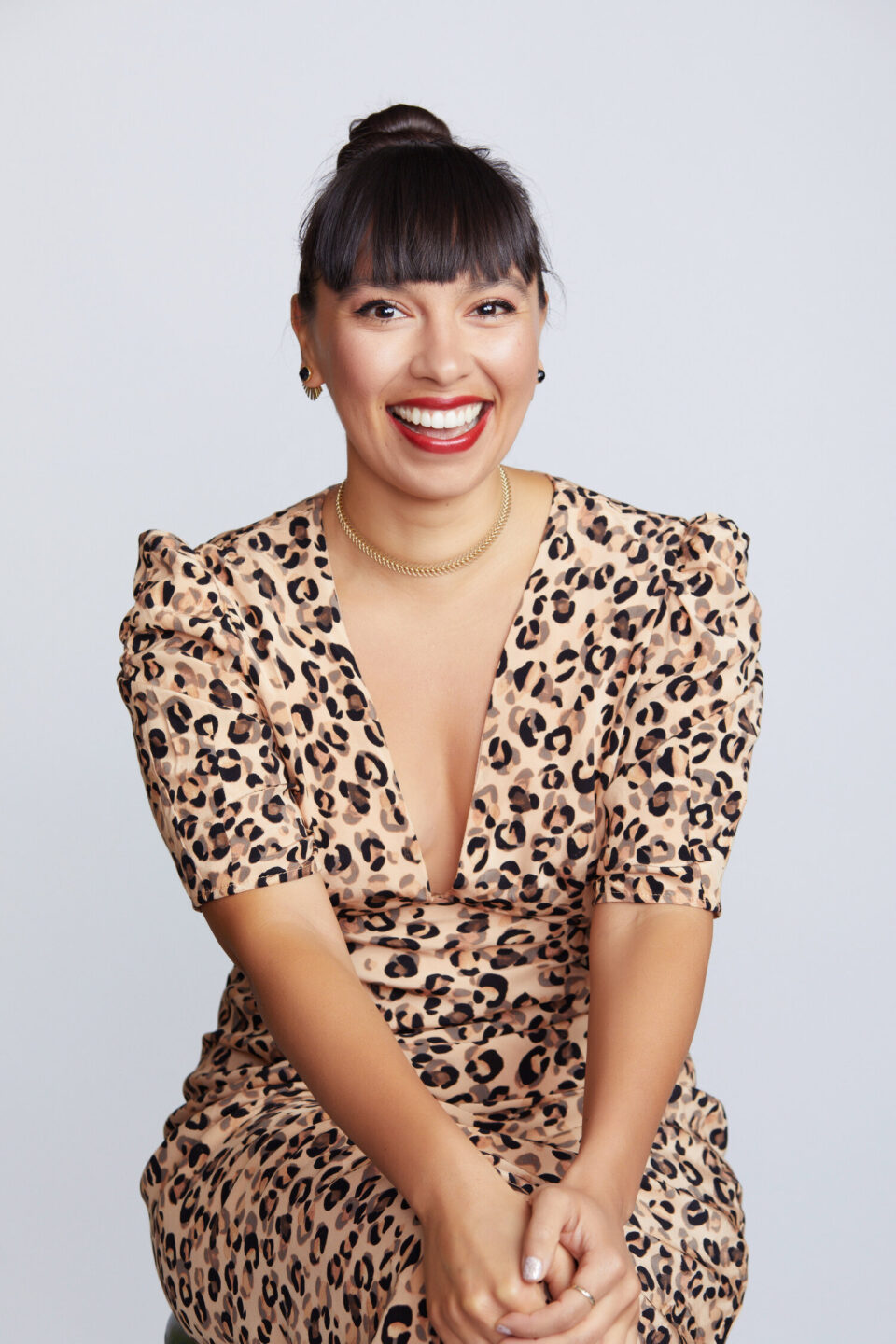
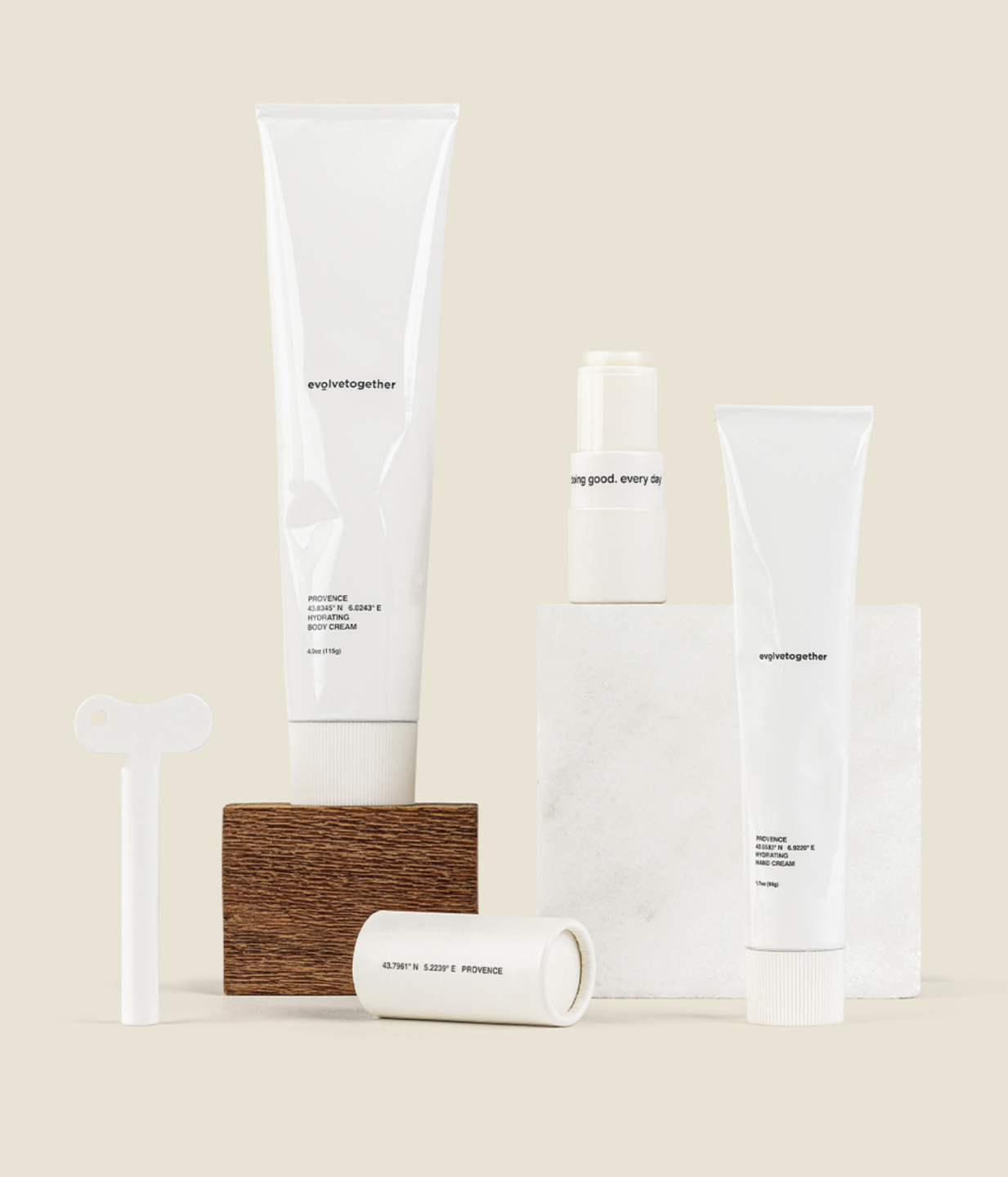
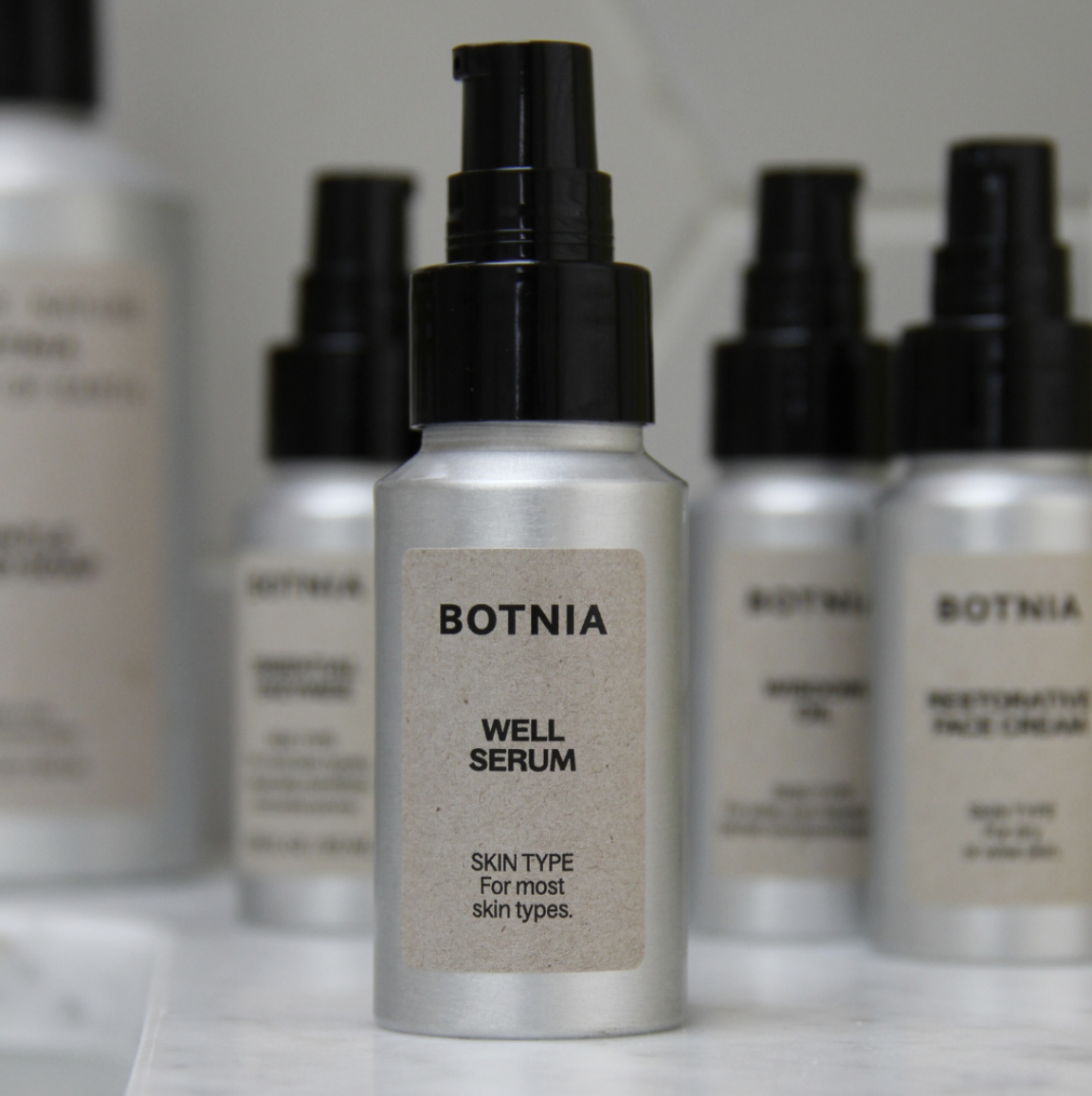
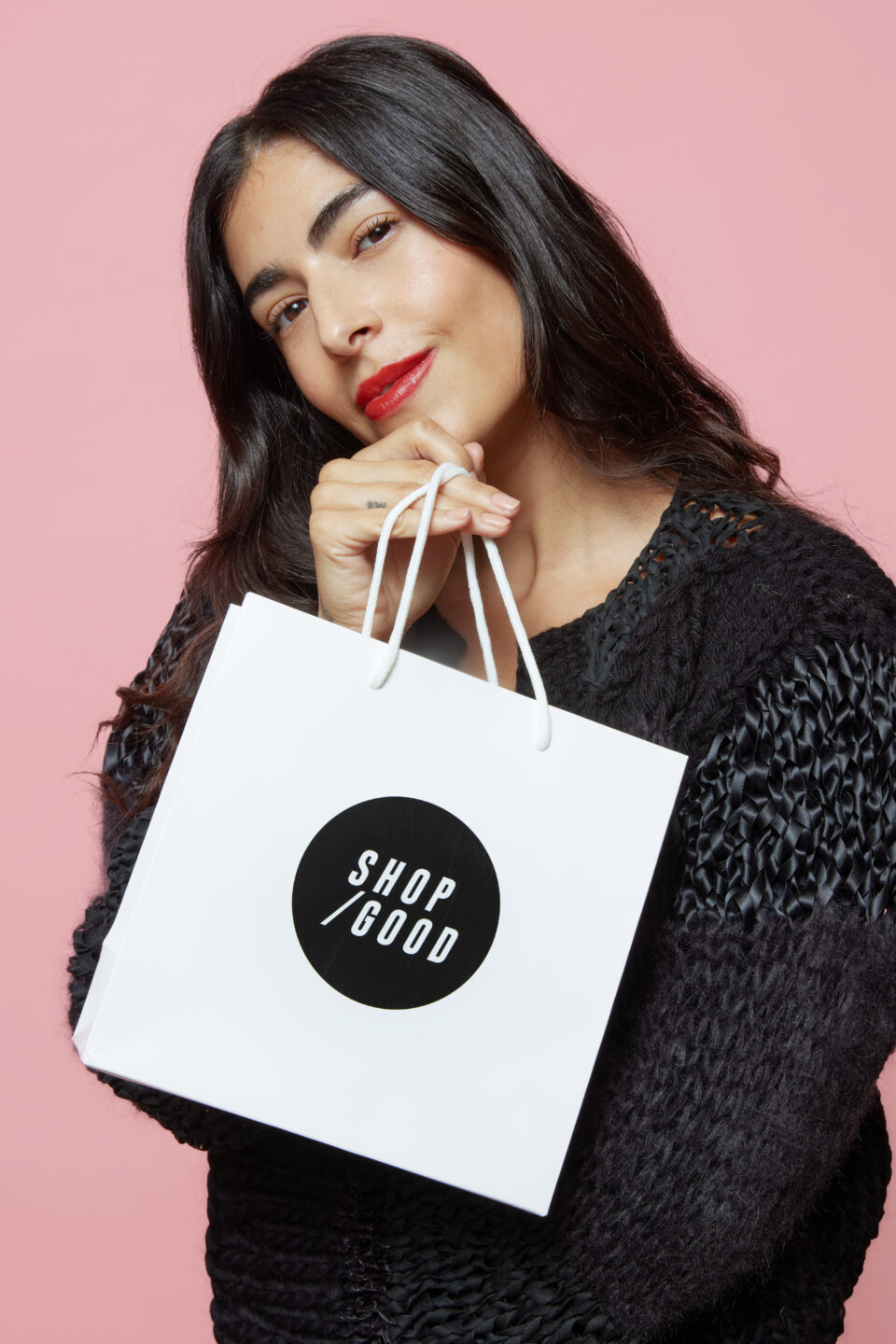
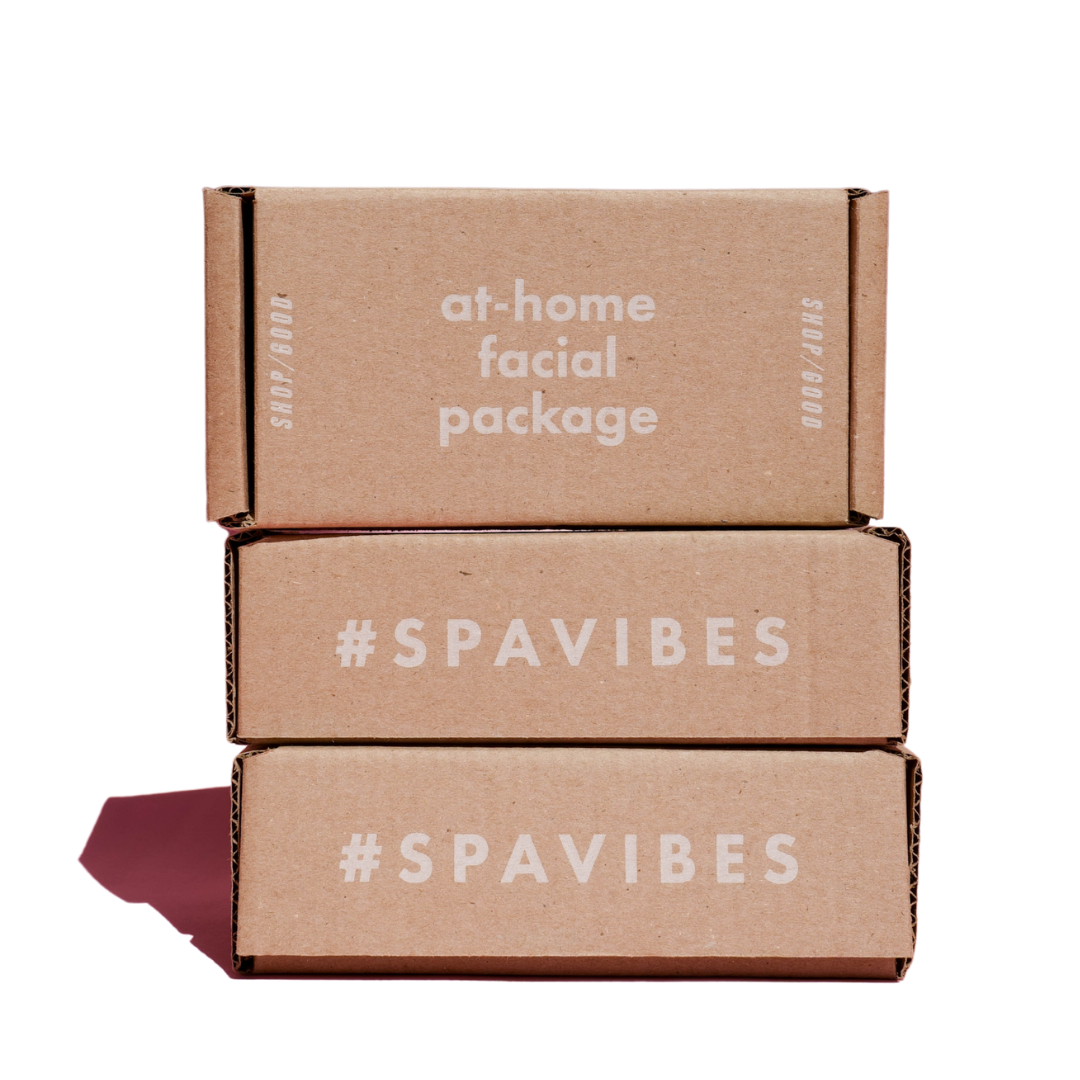
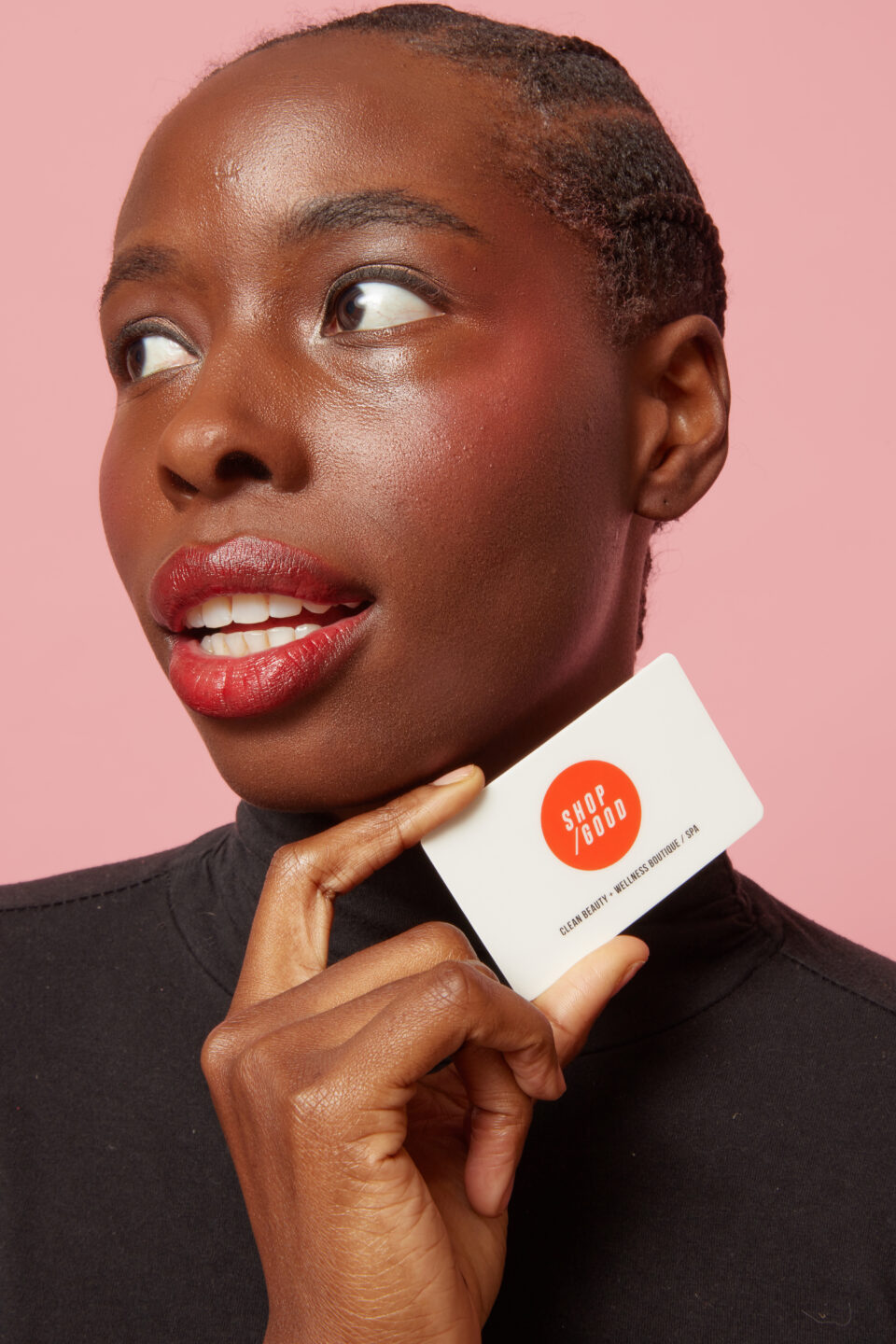

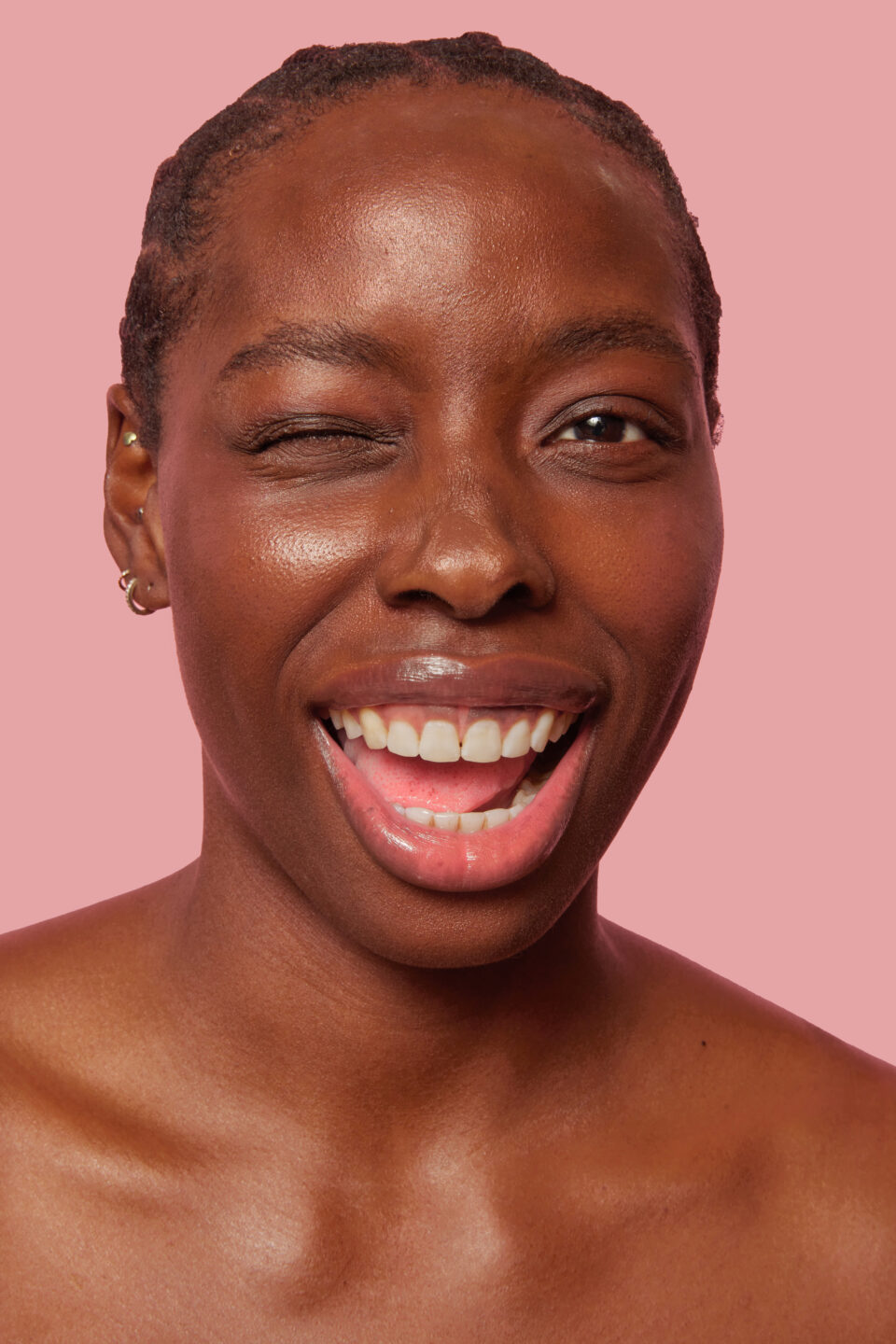
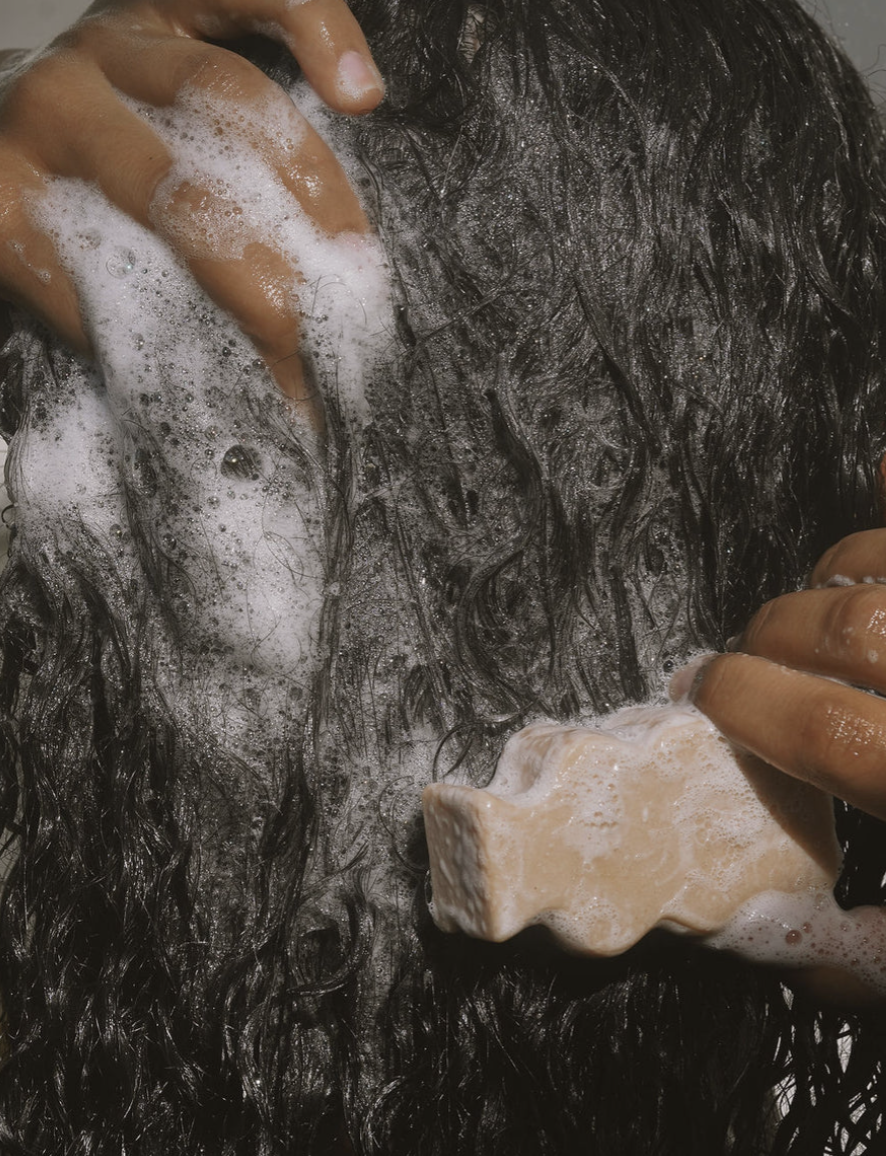
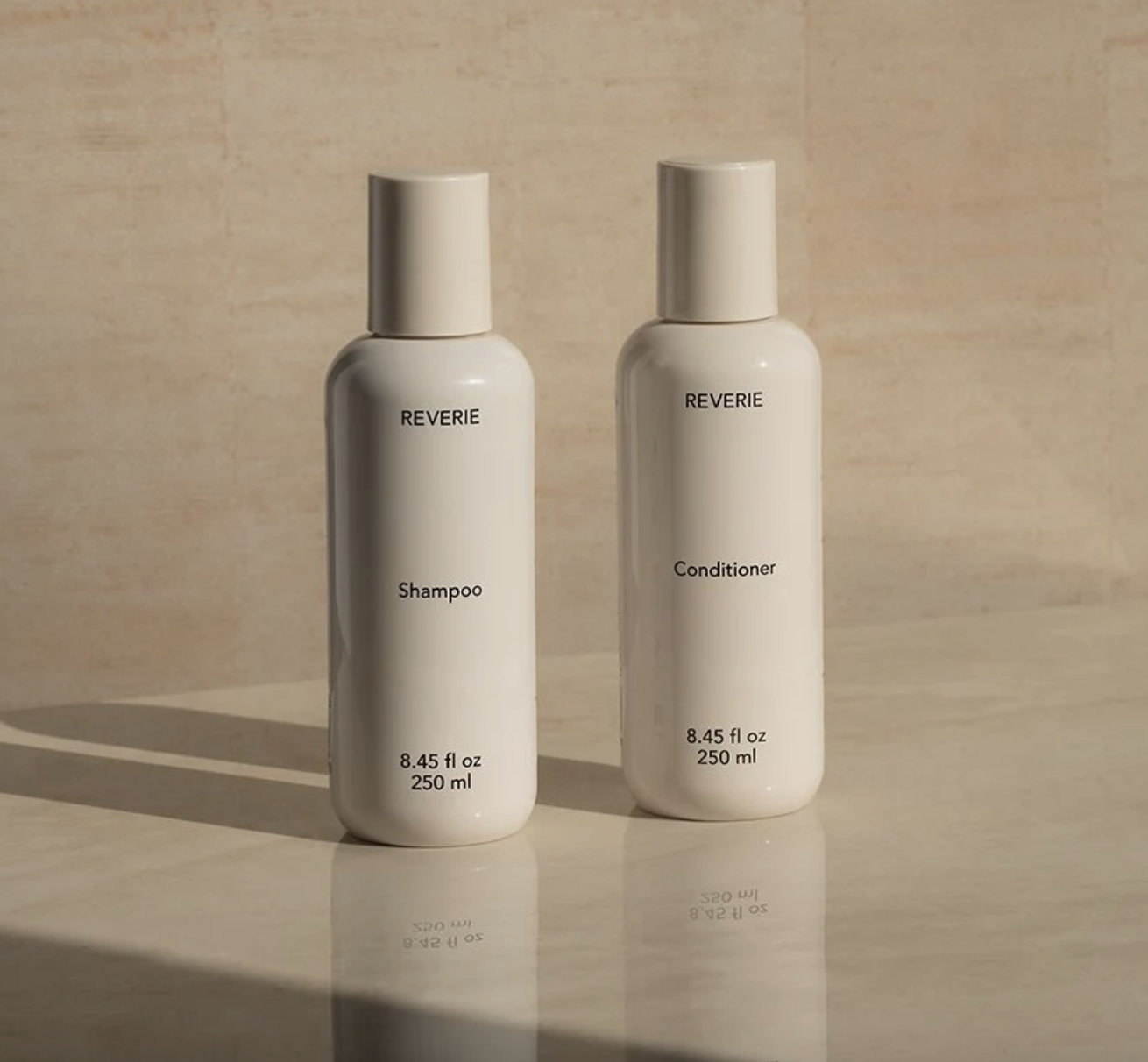
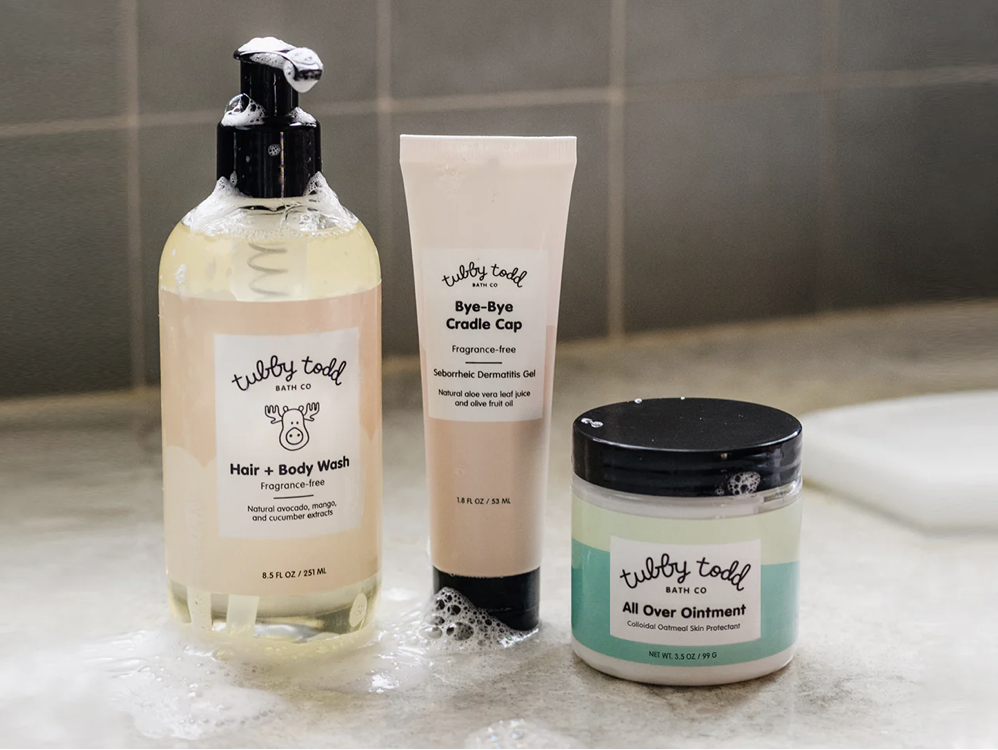
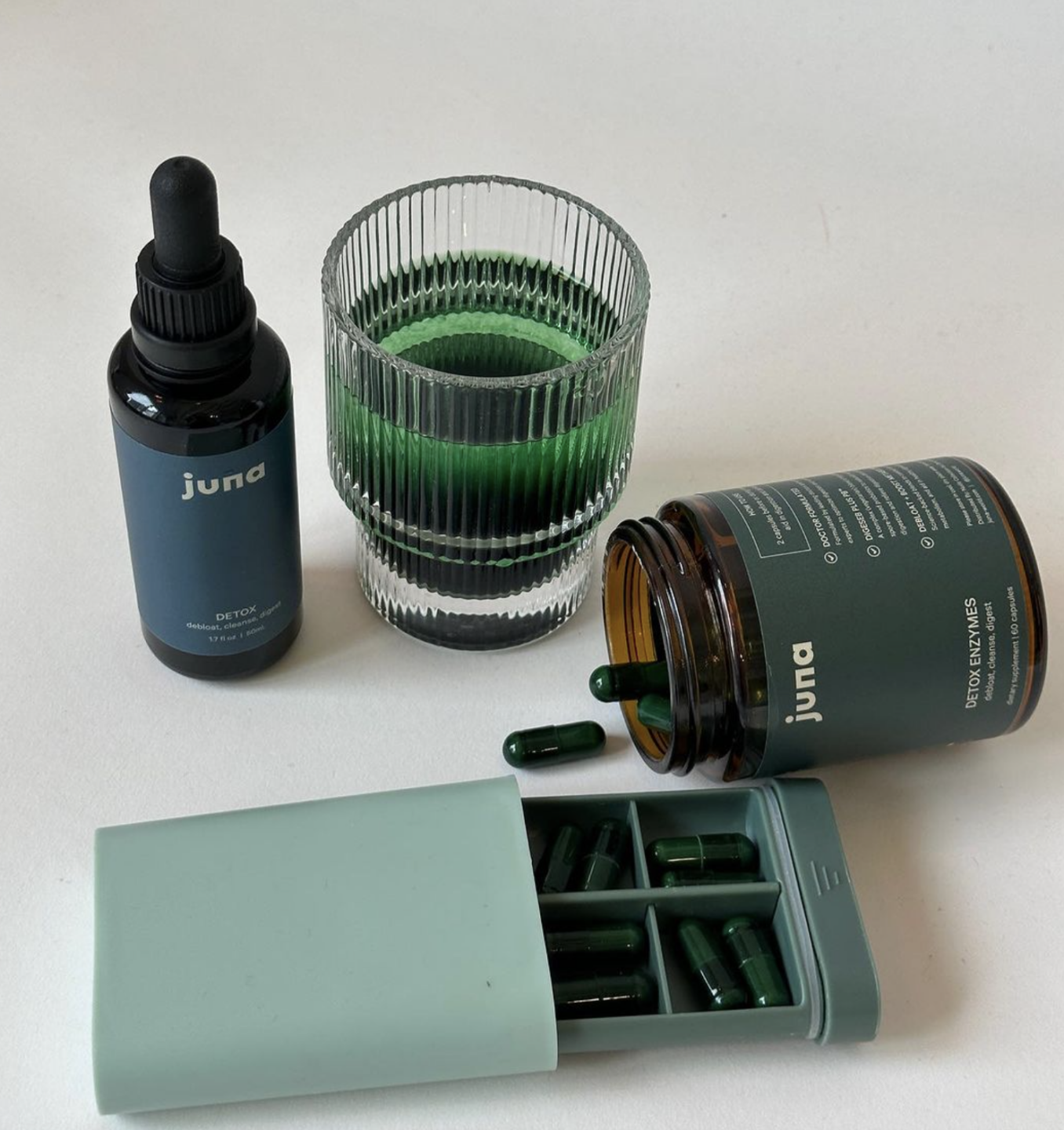
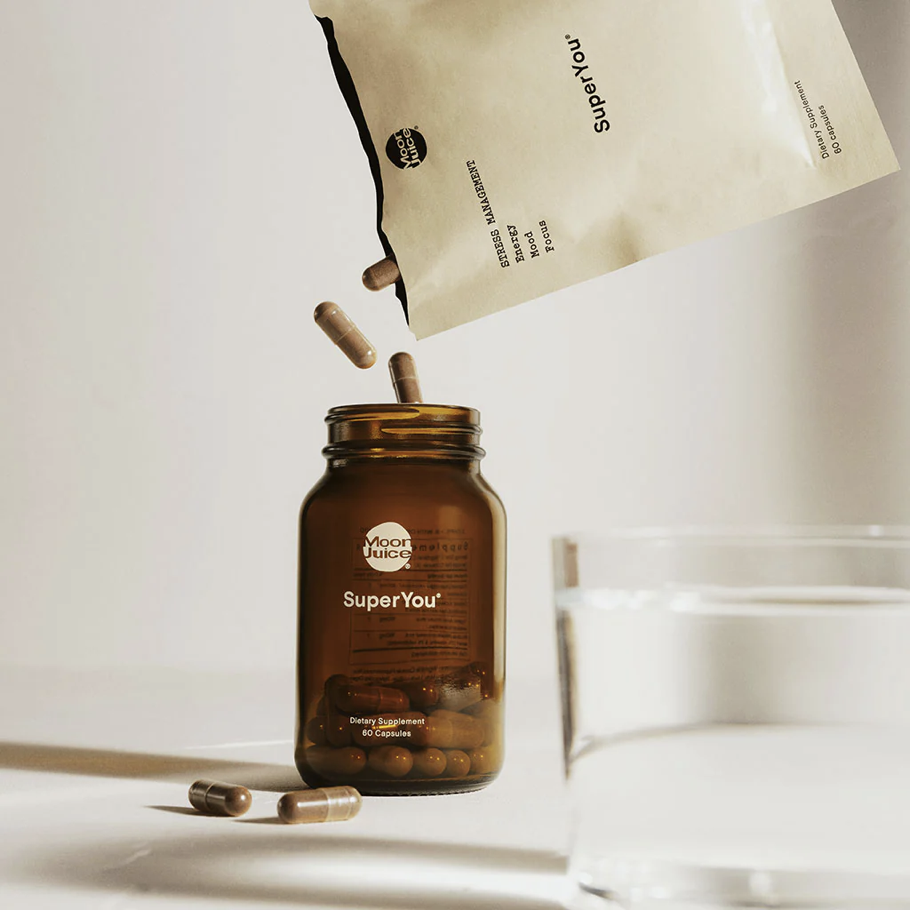
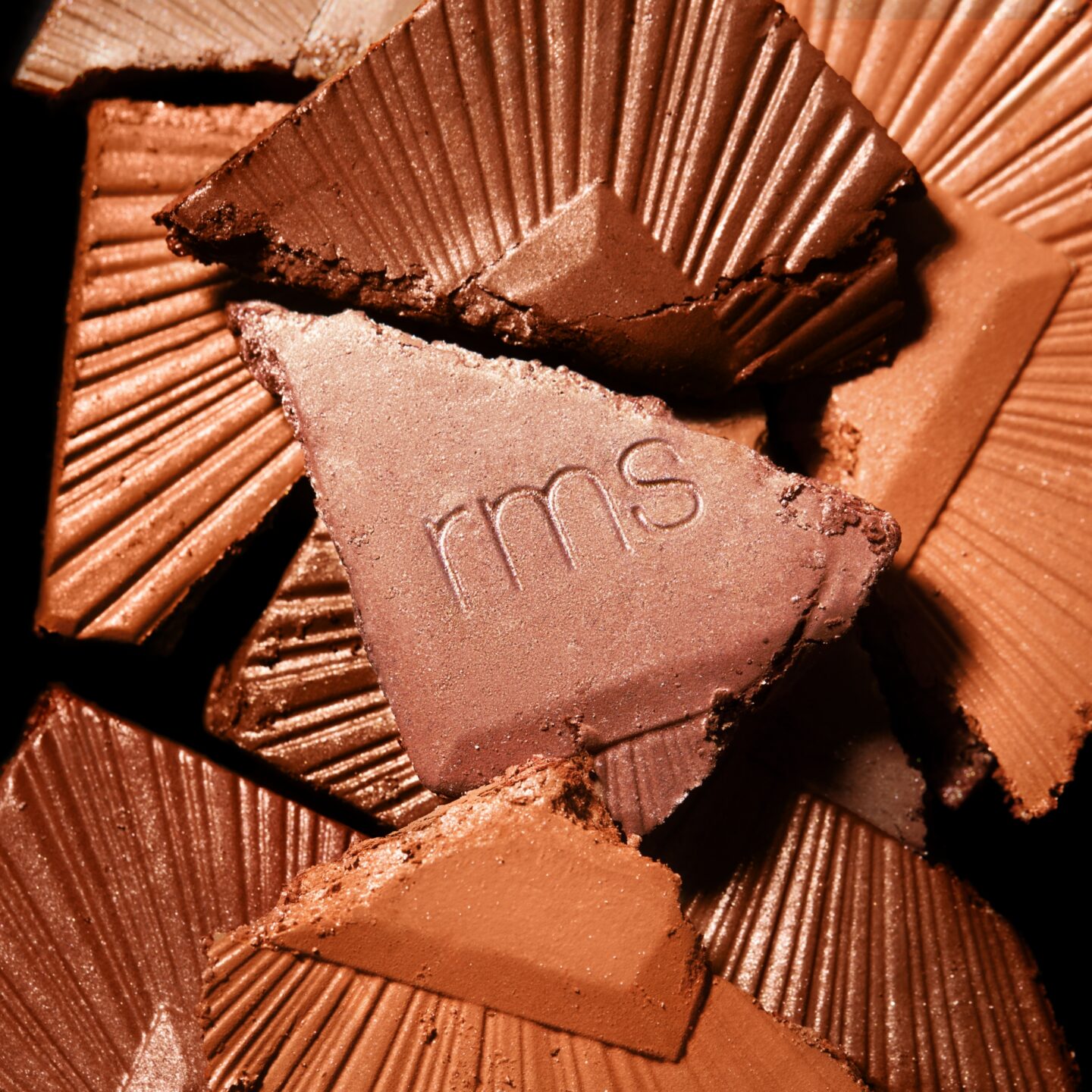
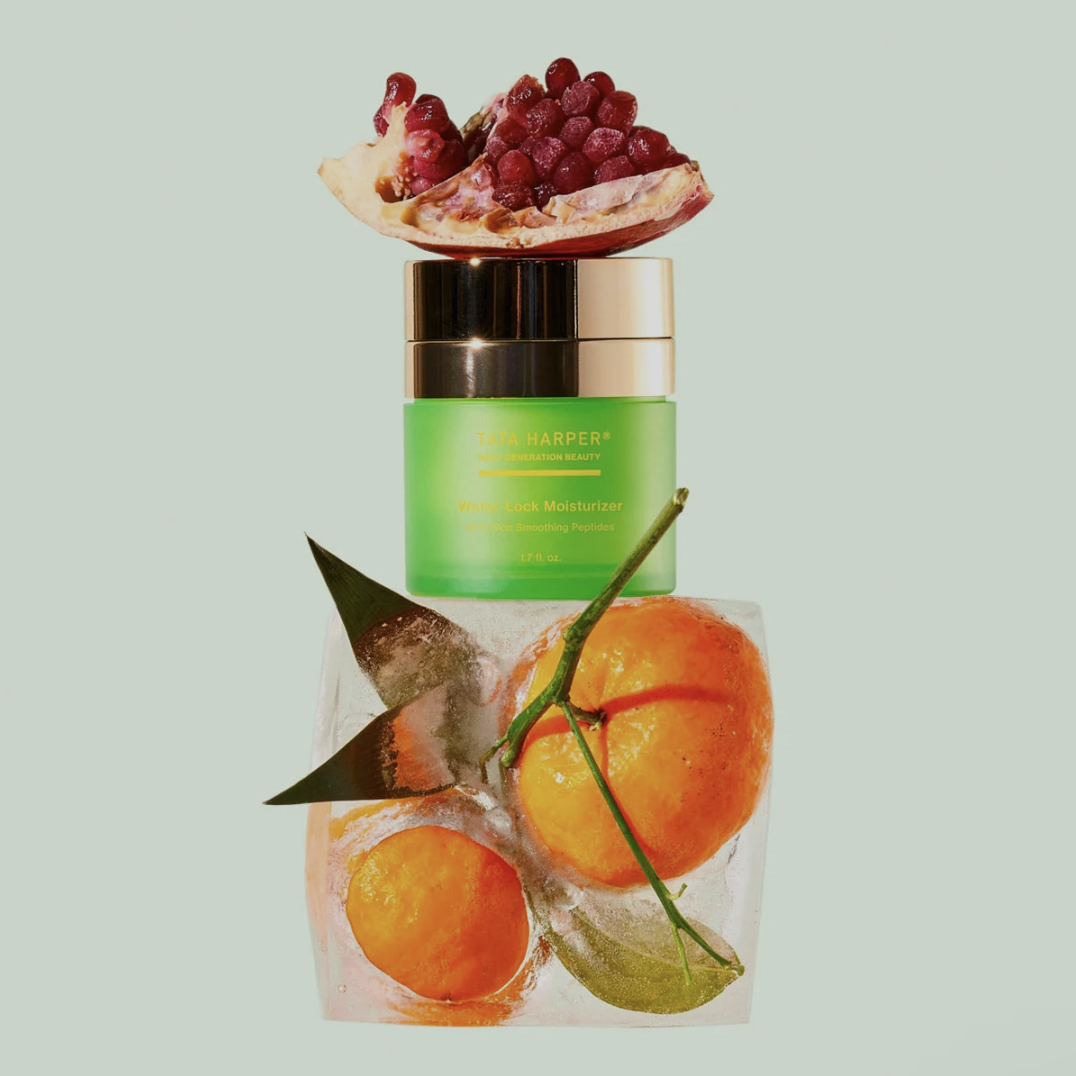
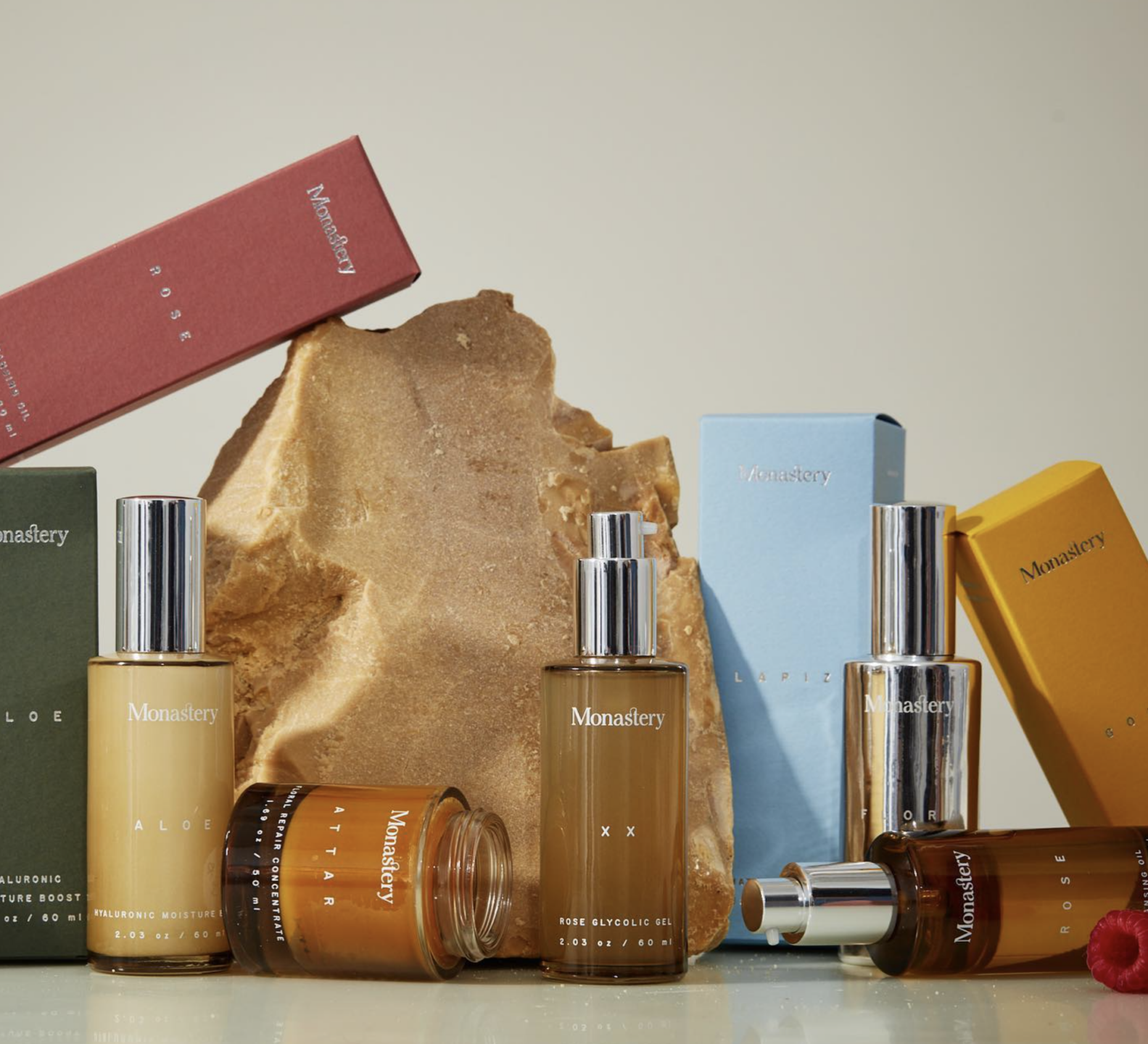
Have Something to Say? Leave a Comment